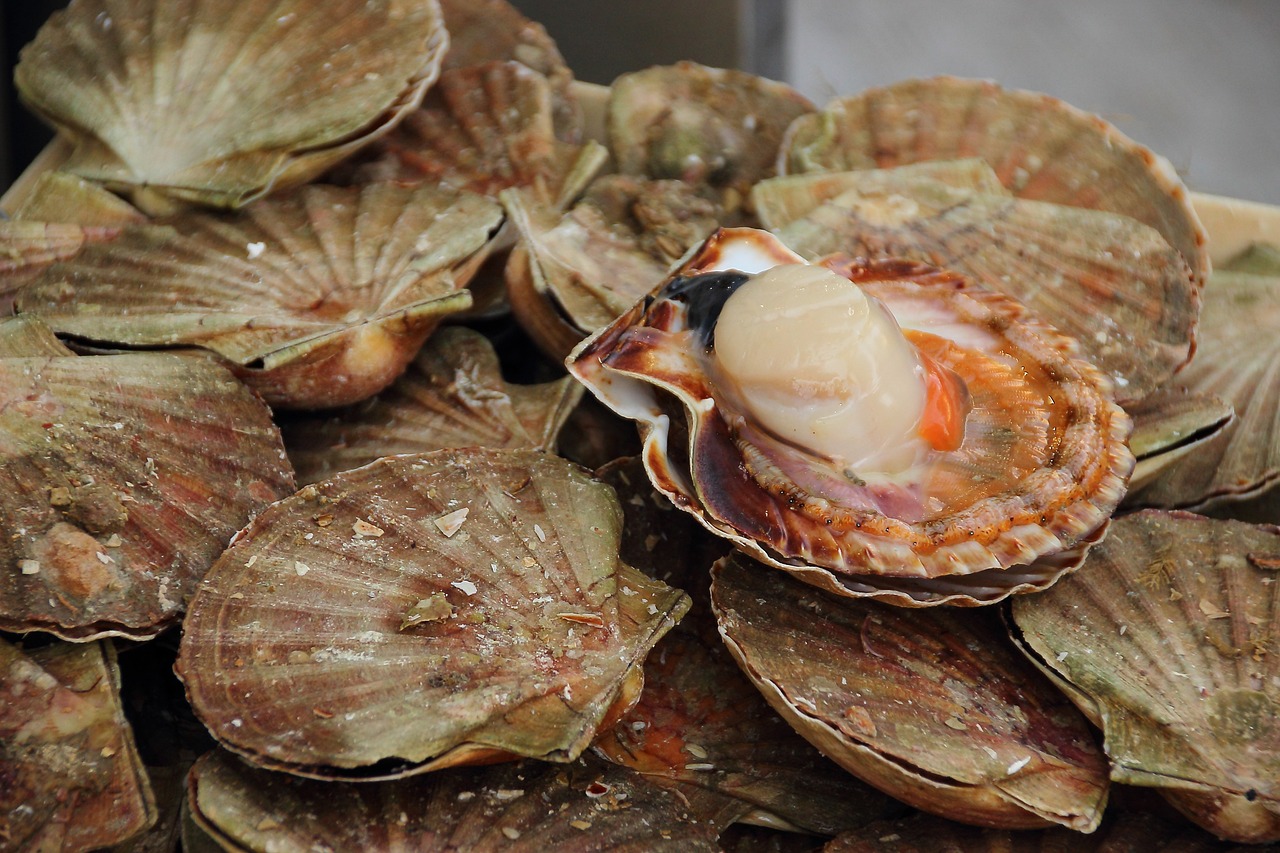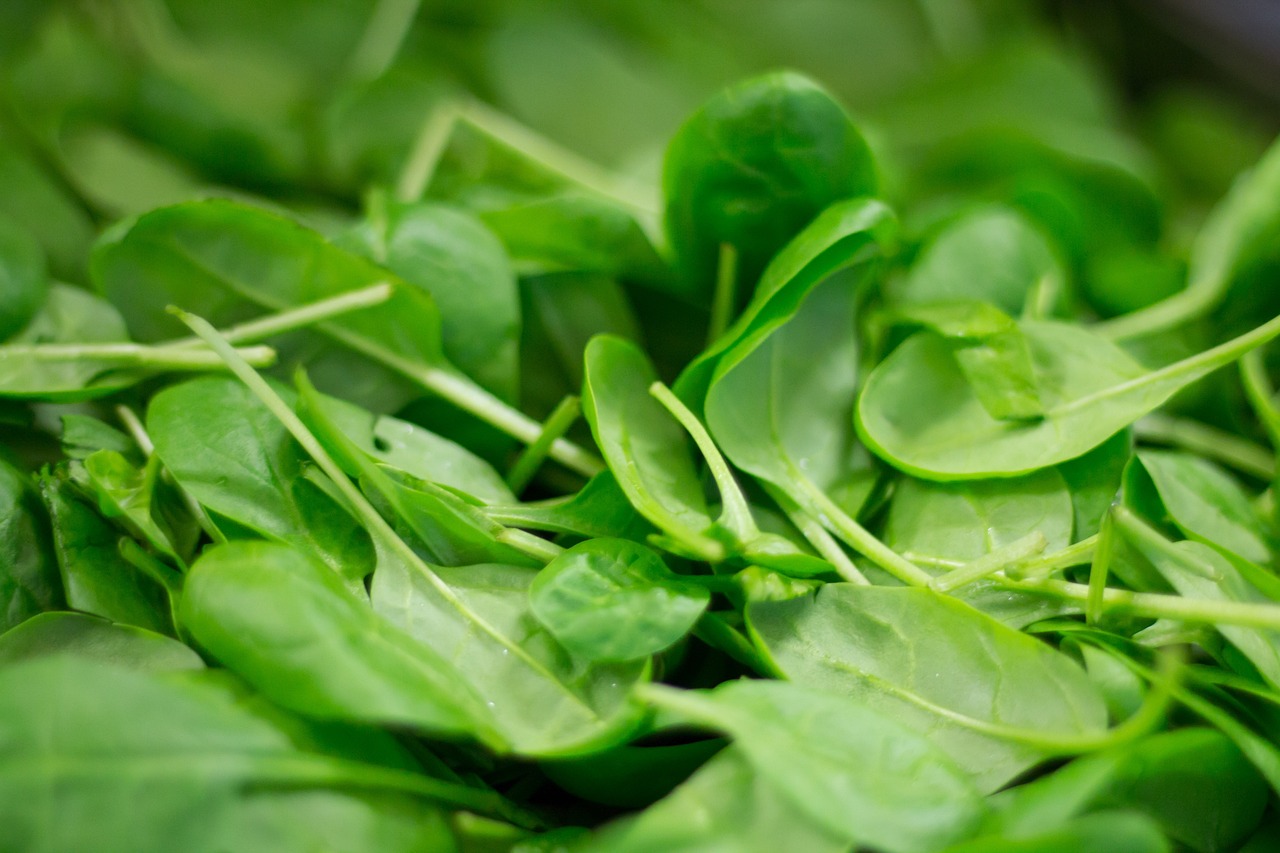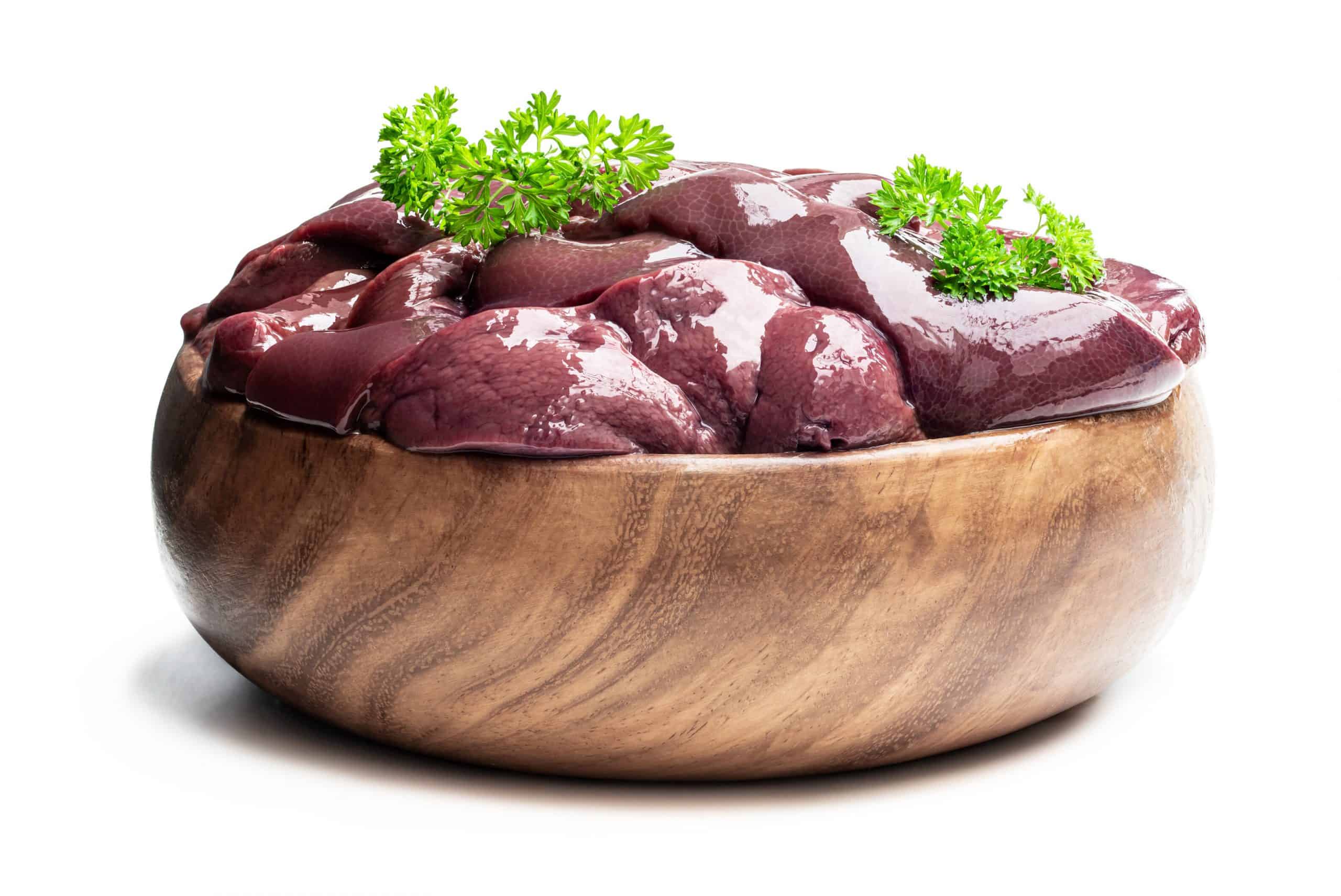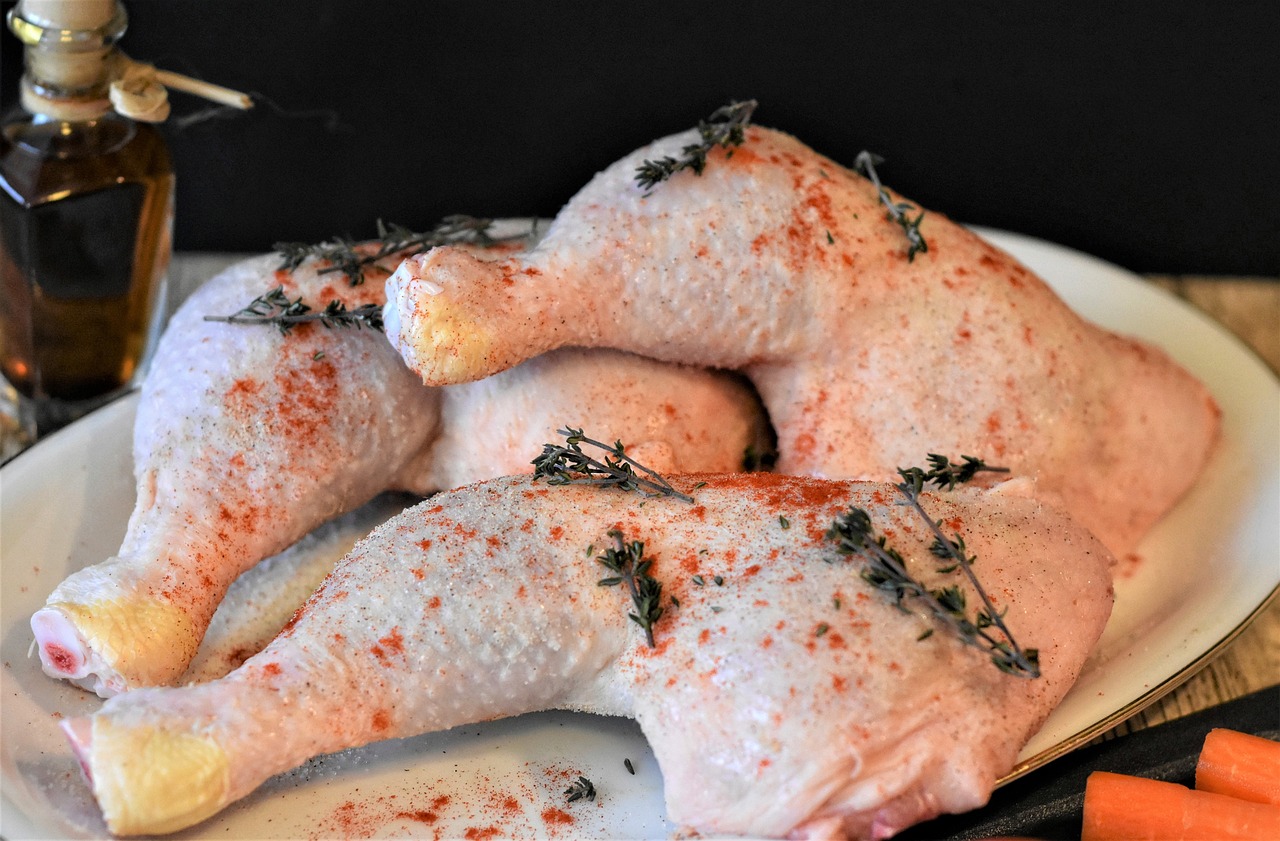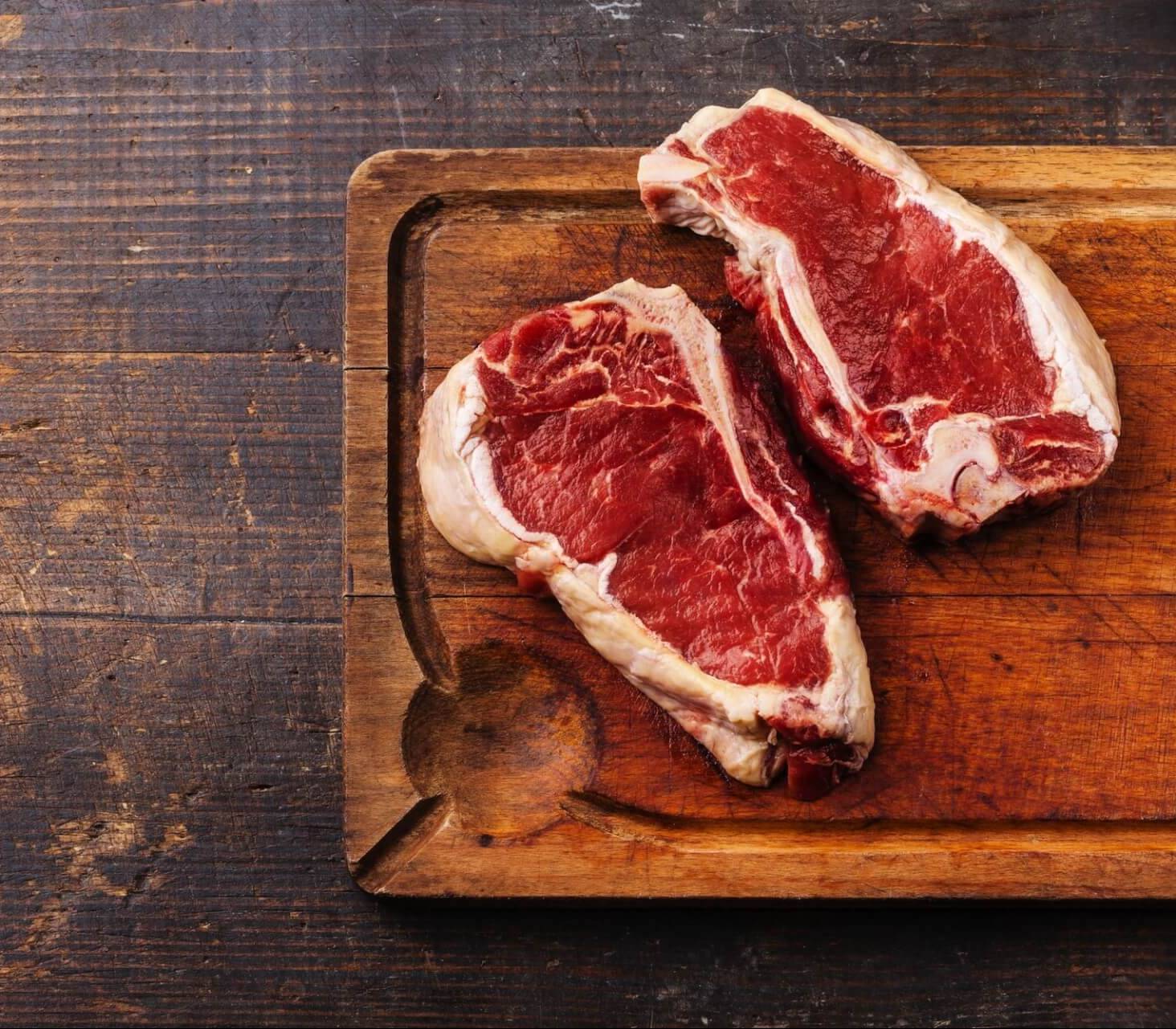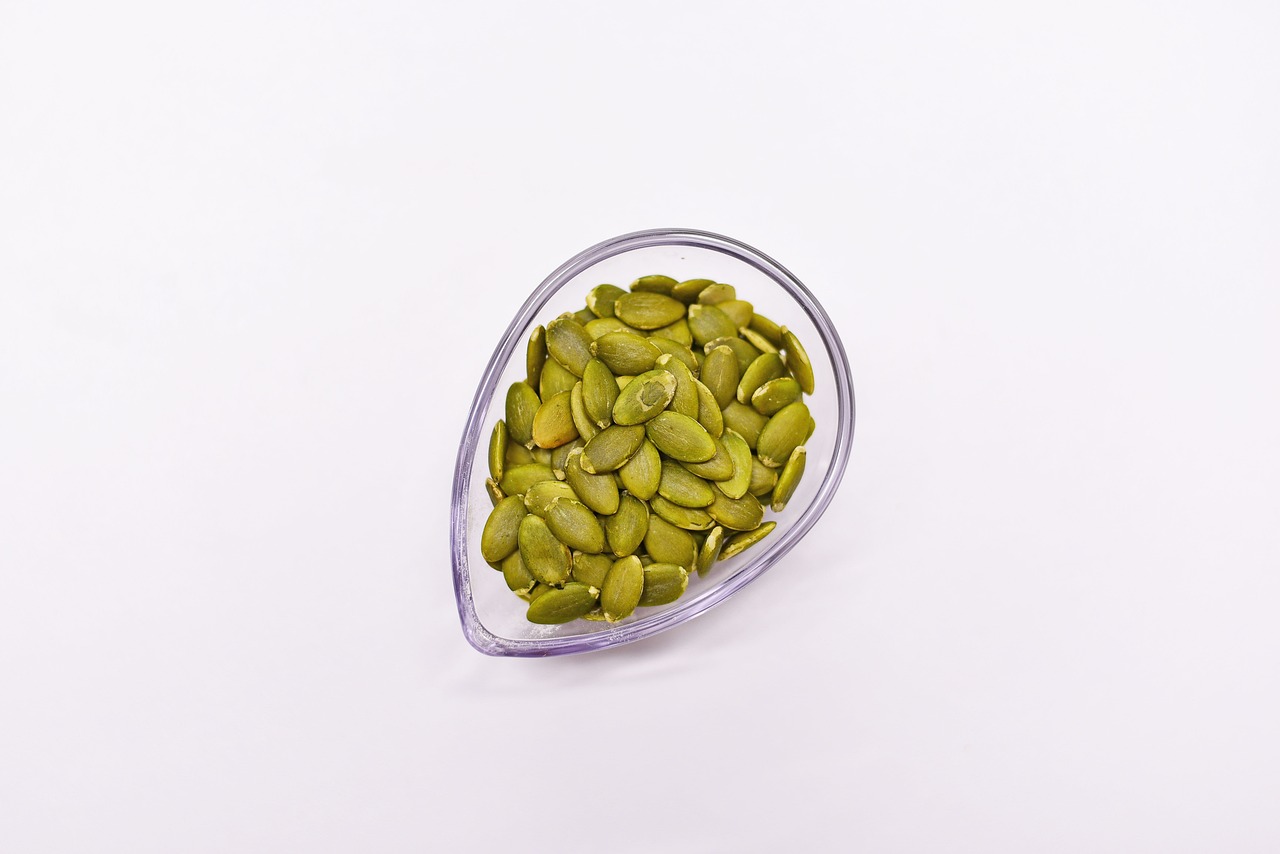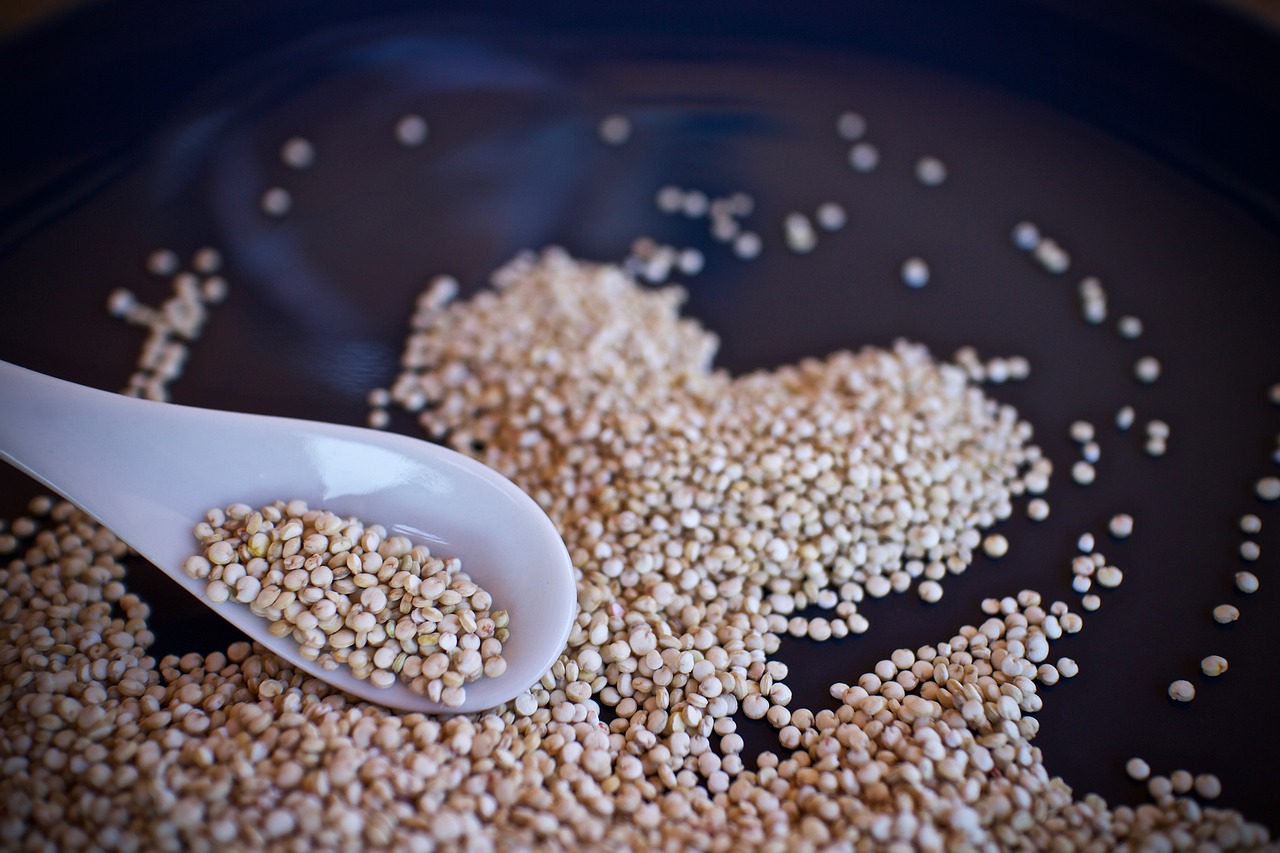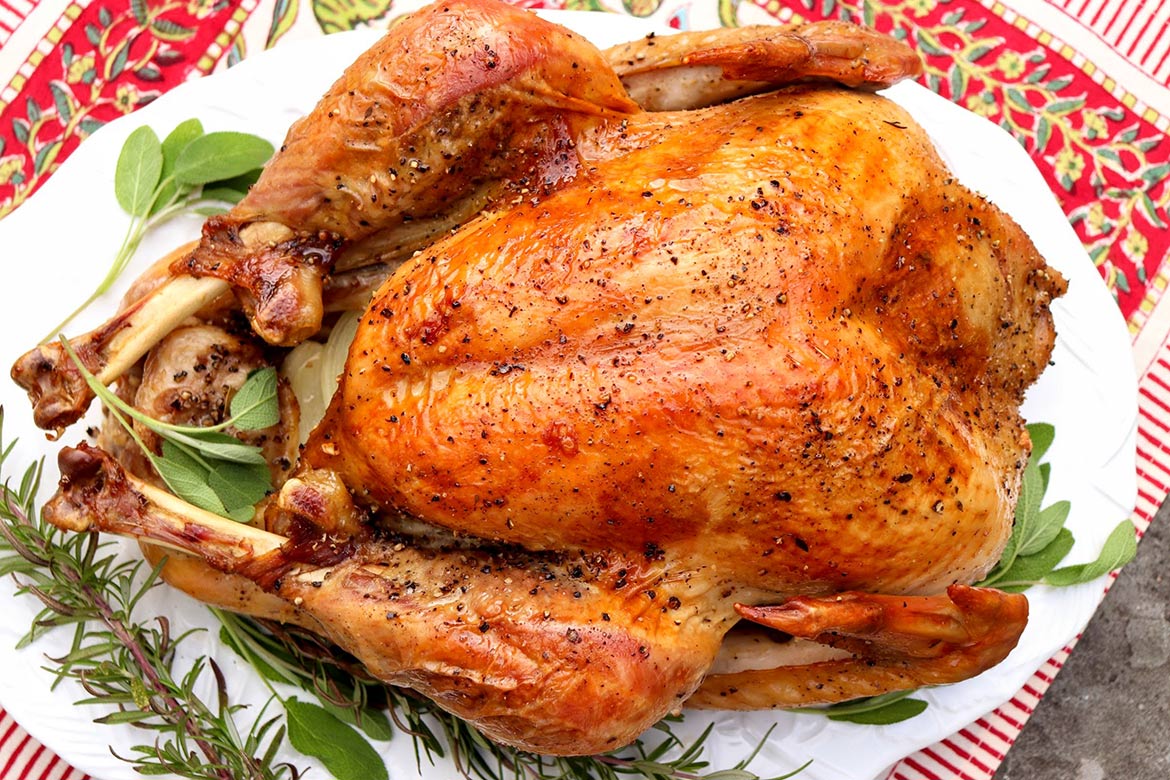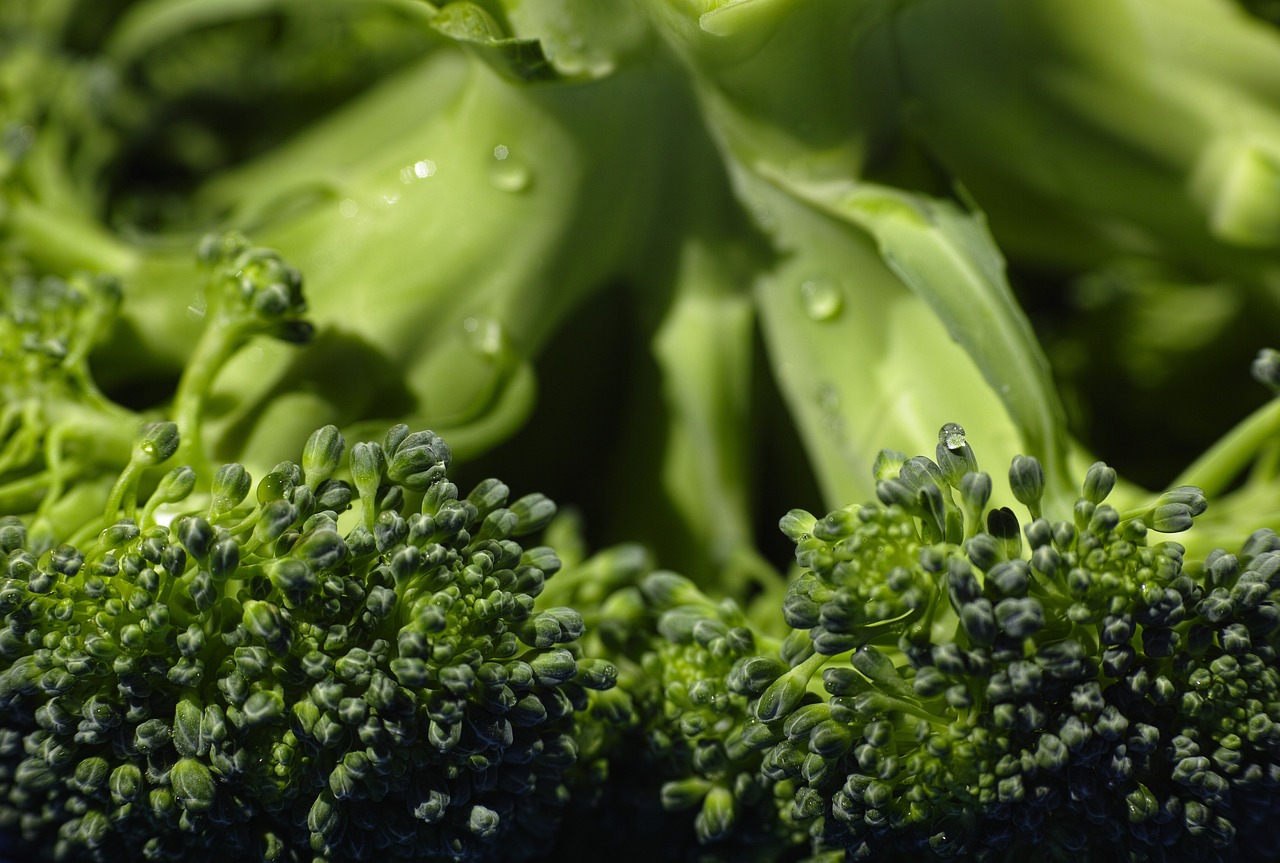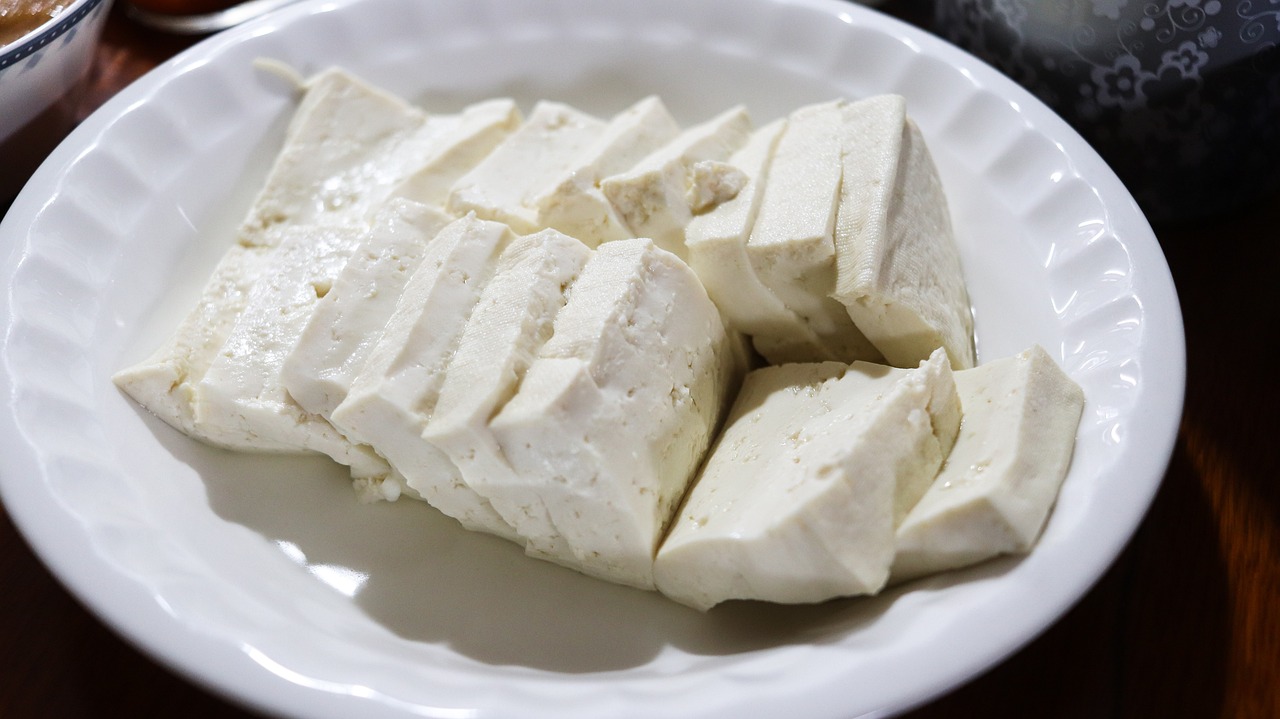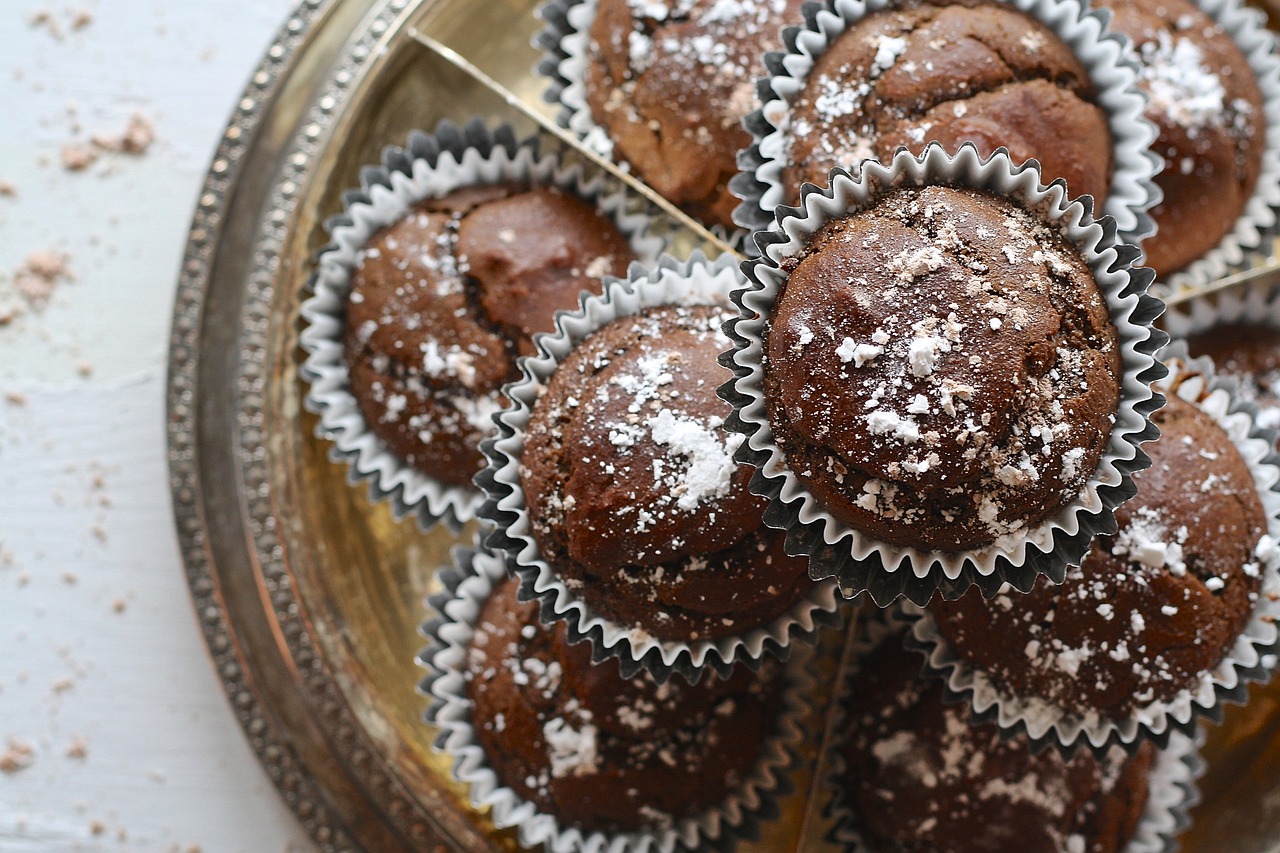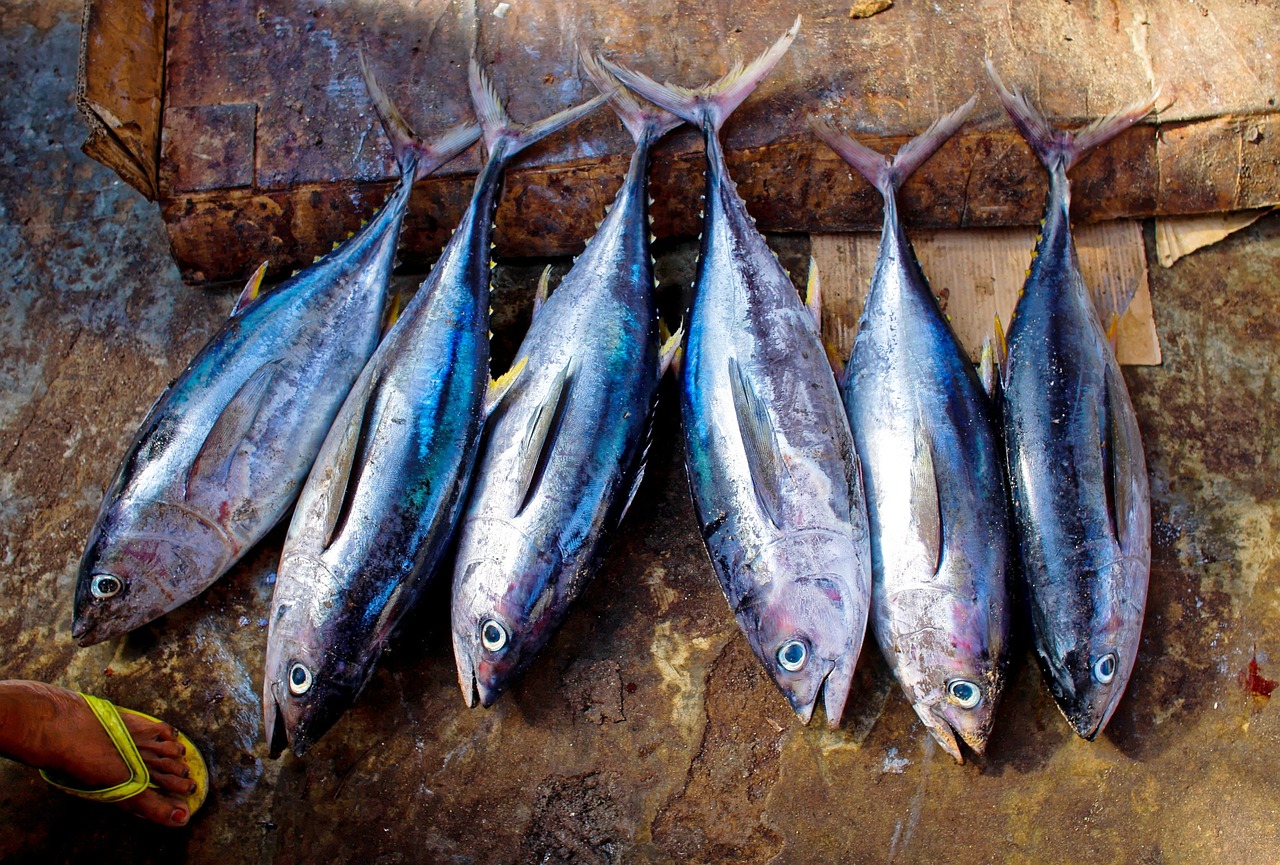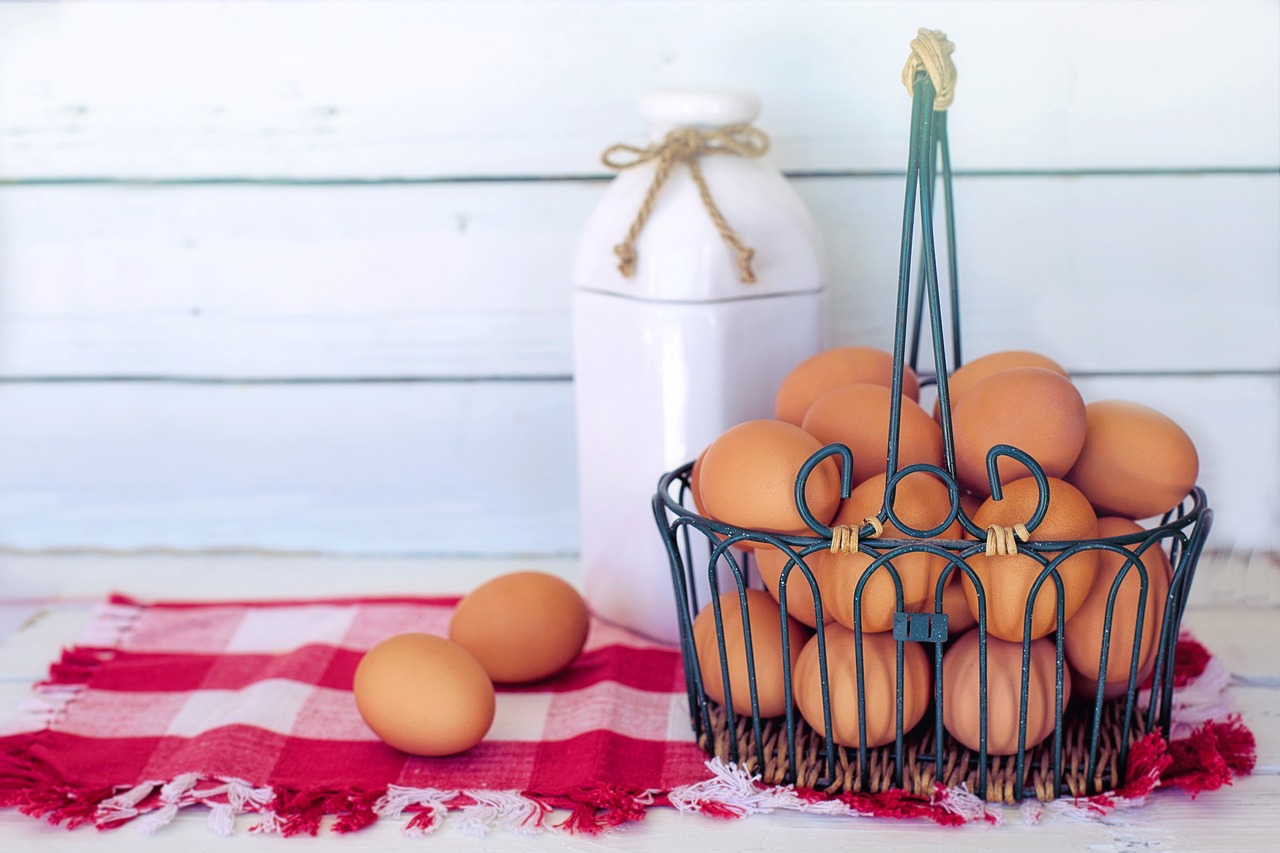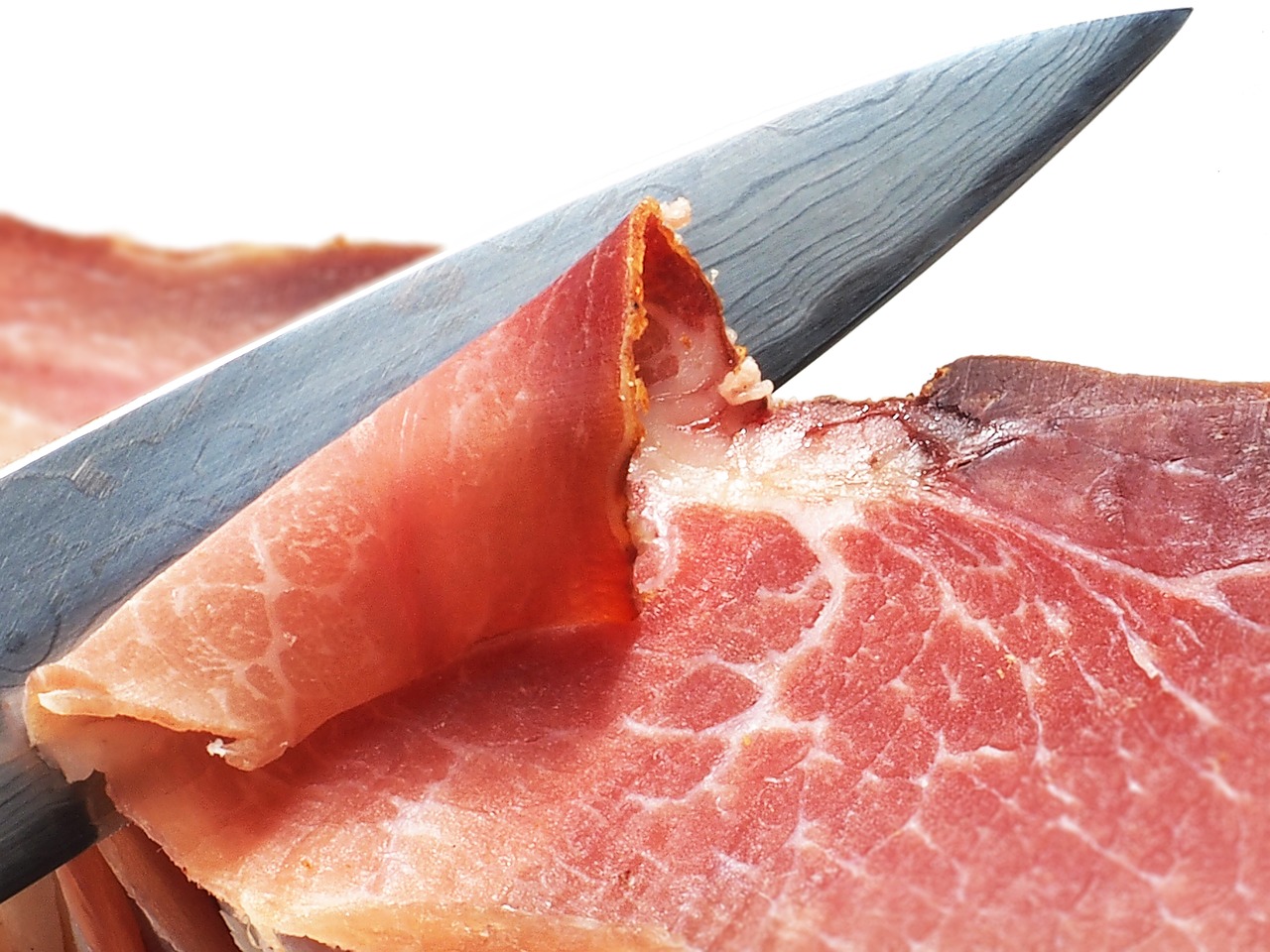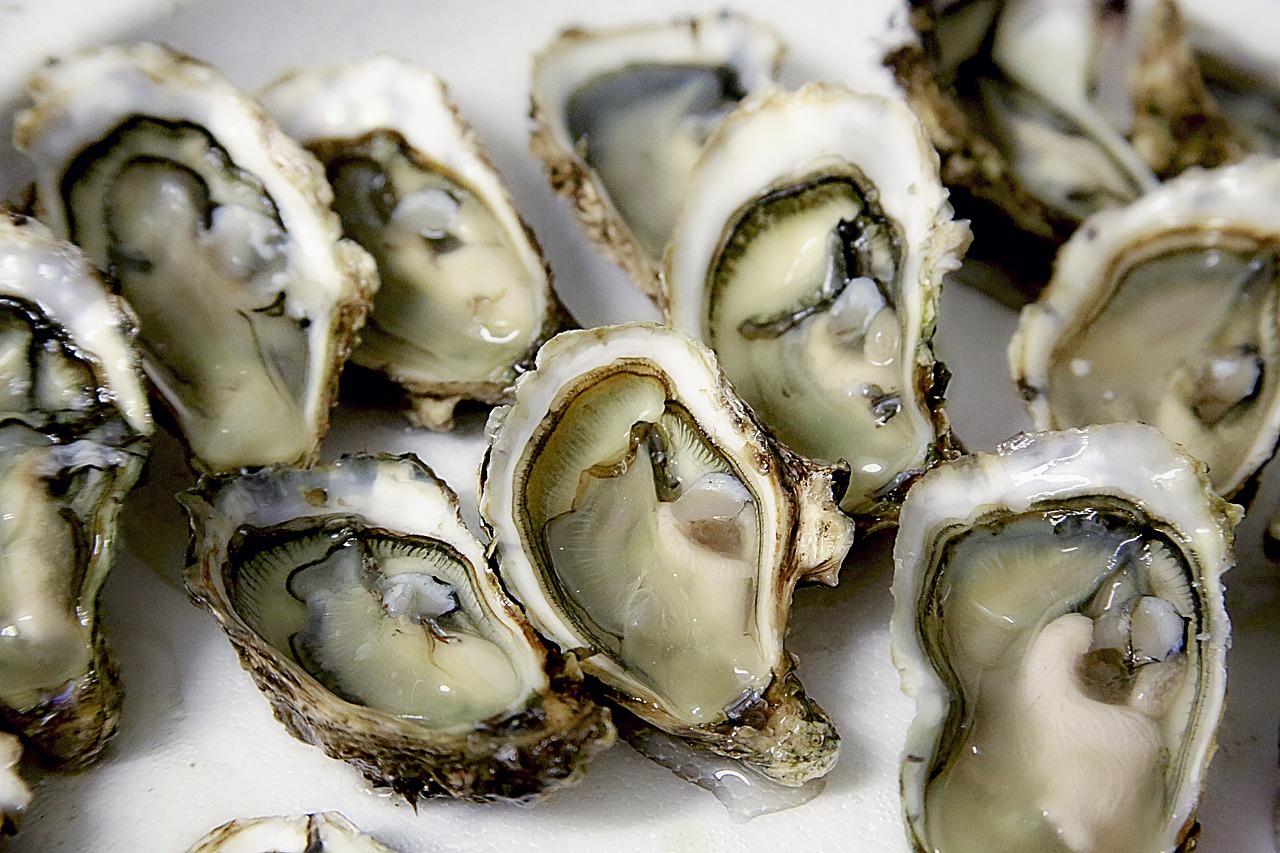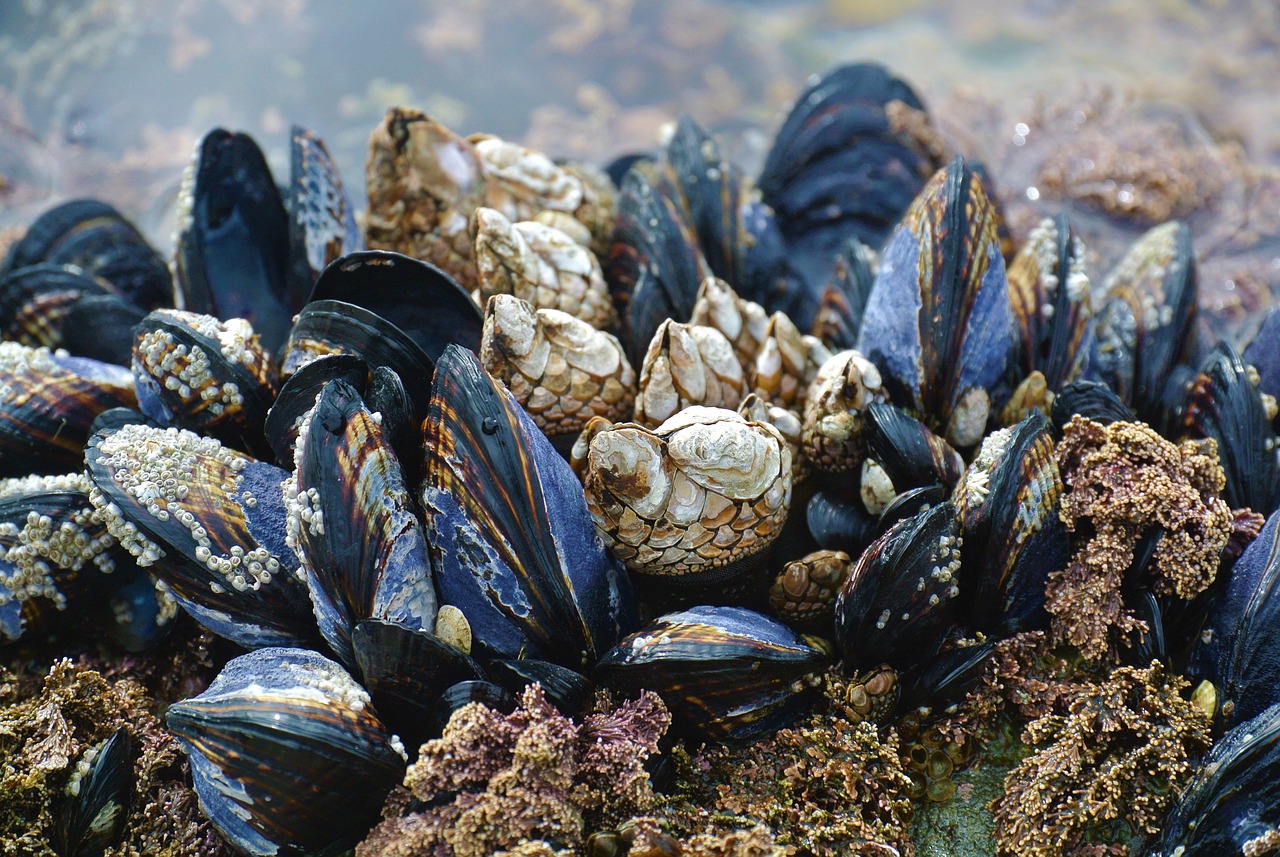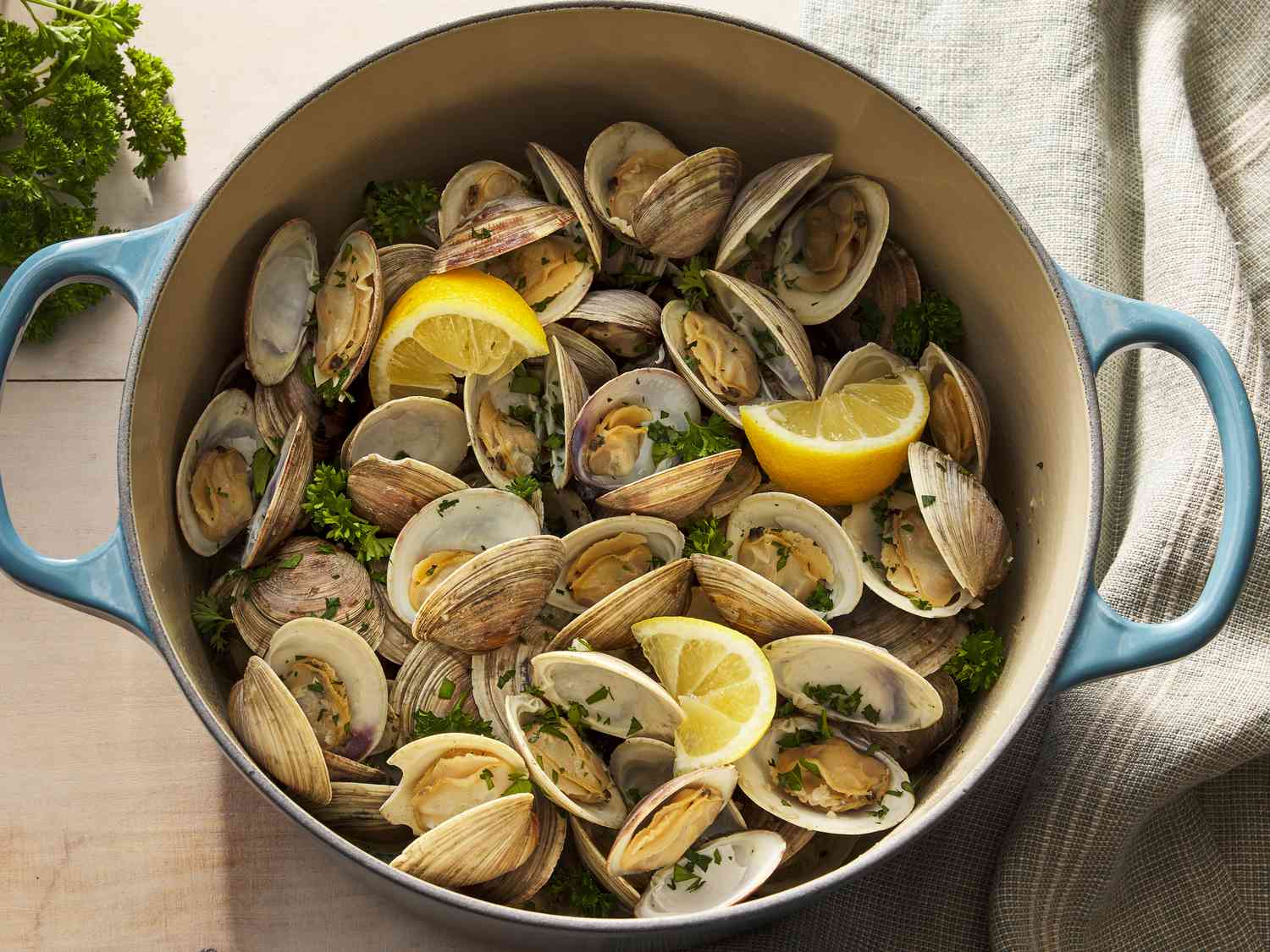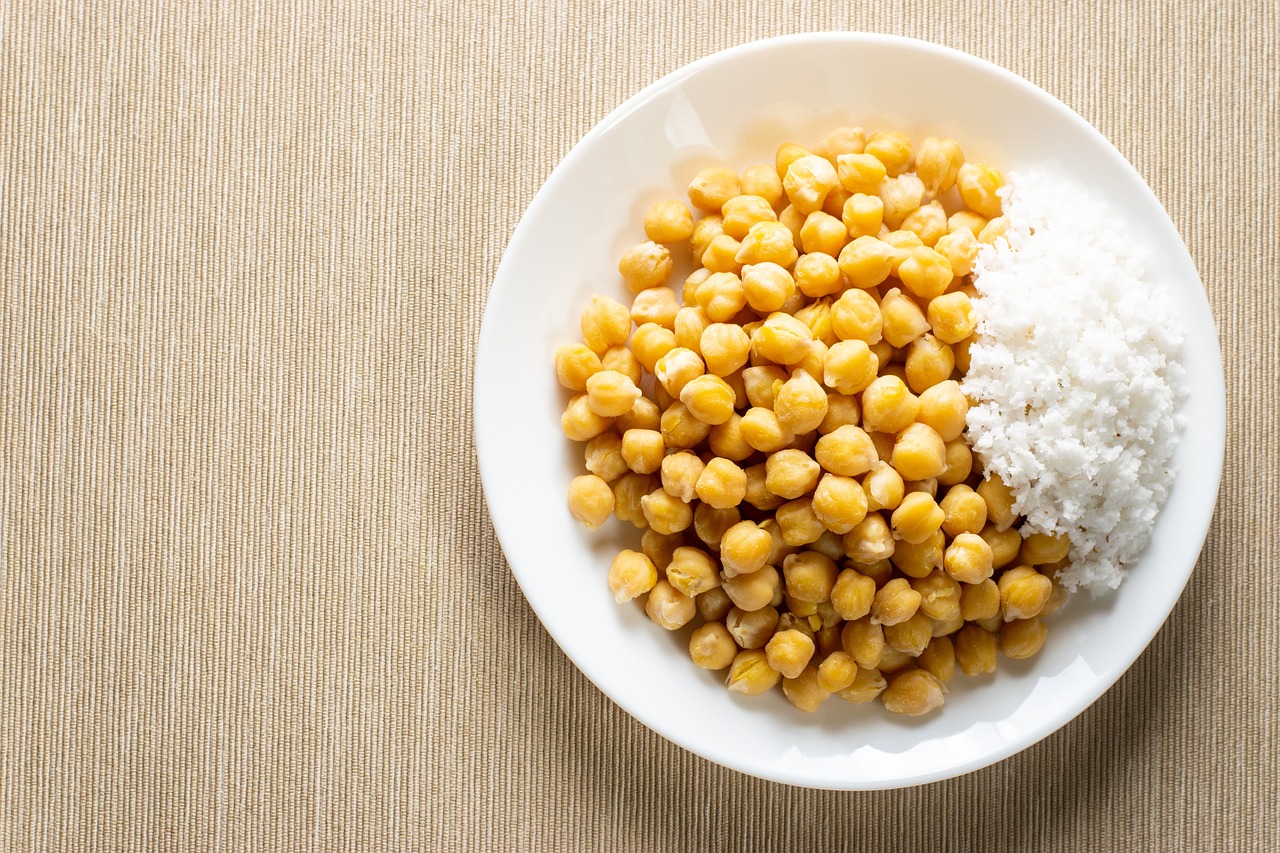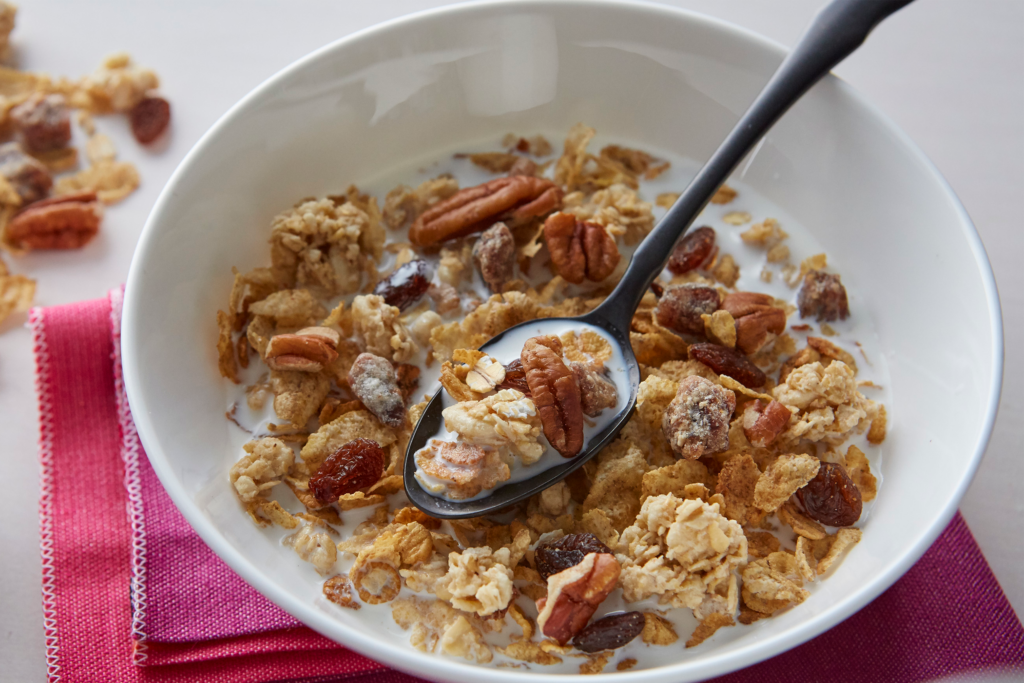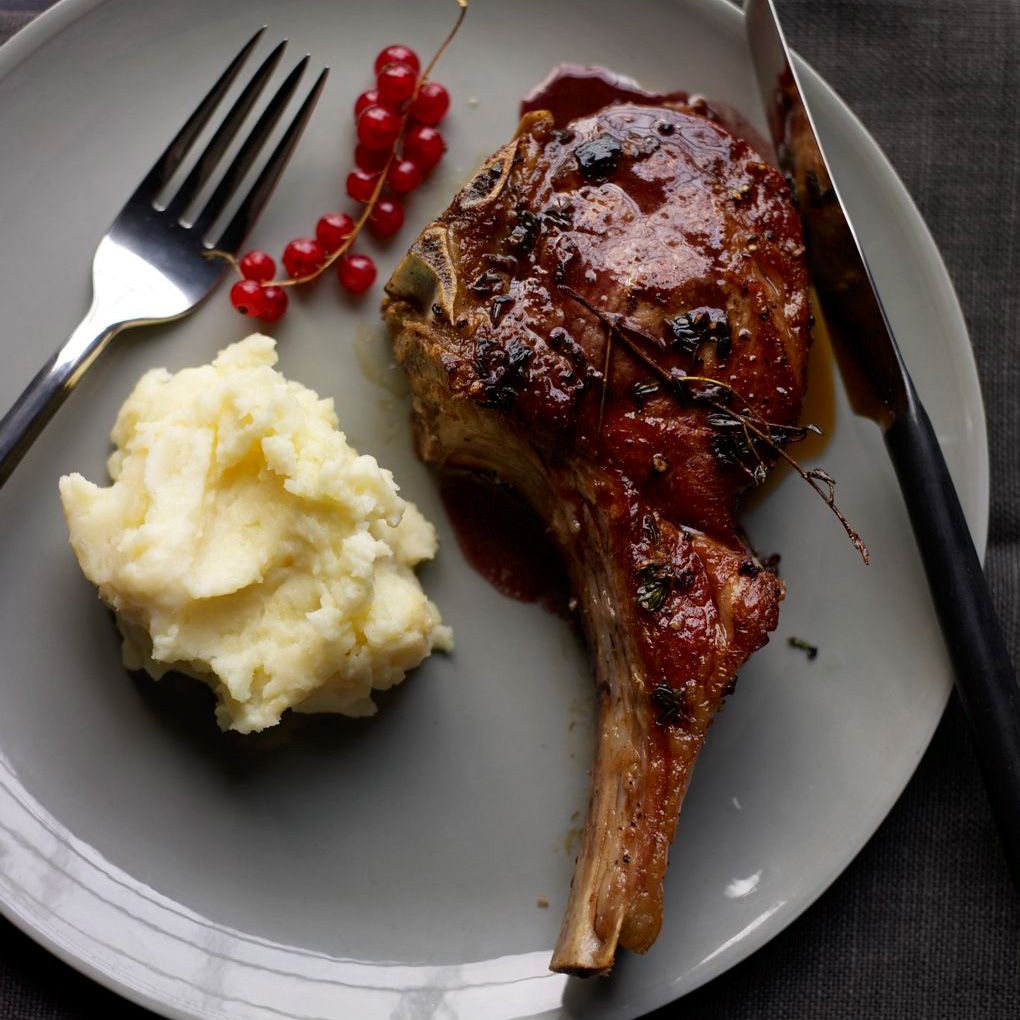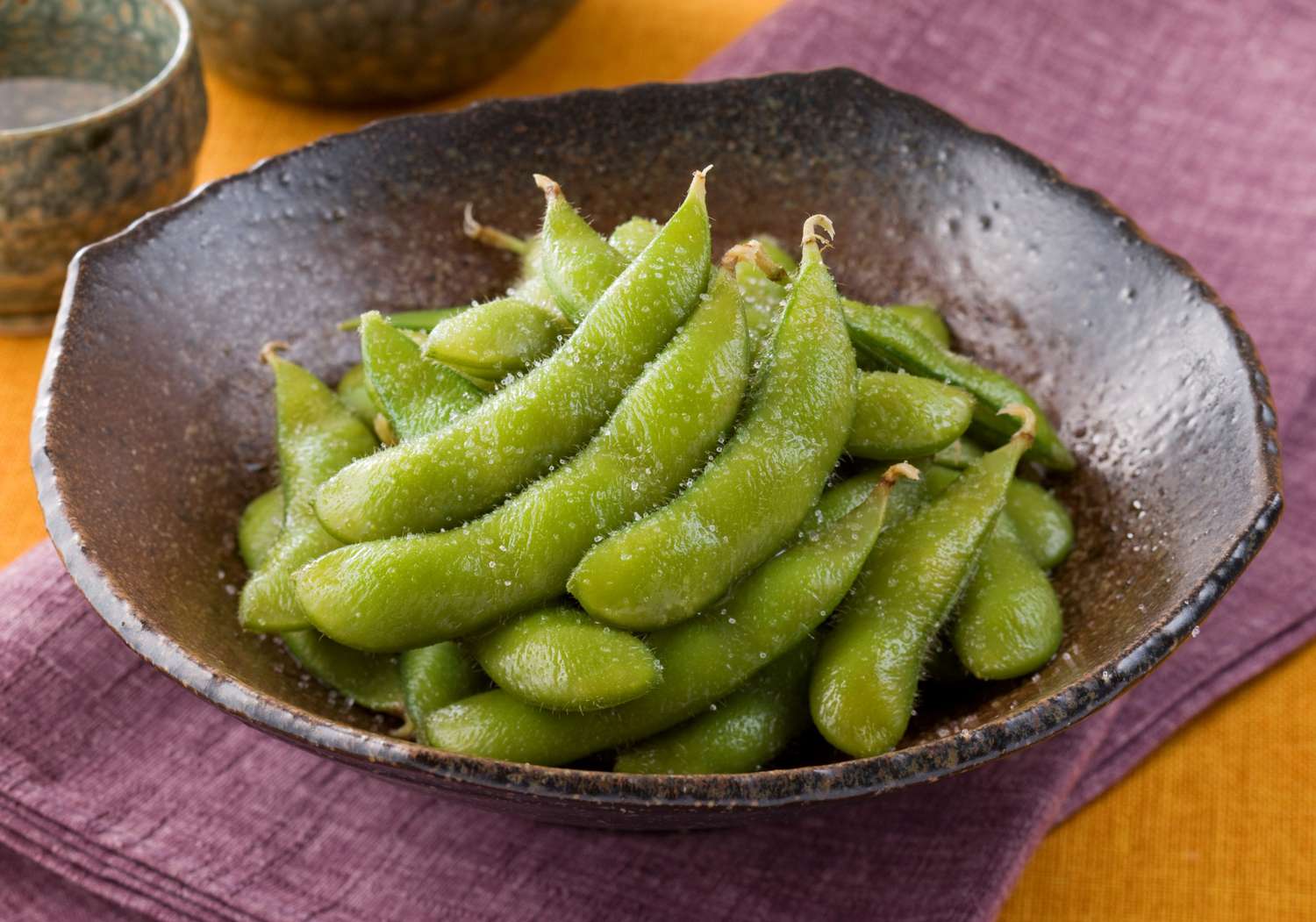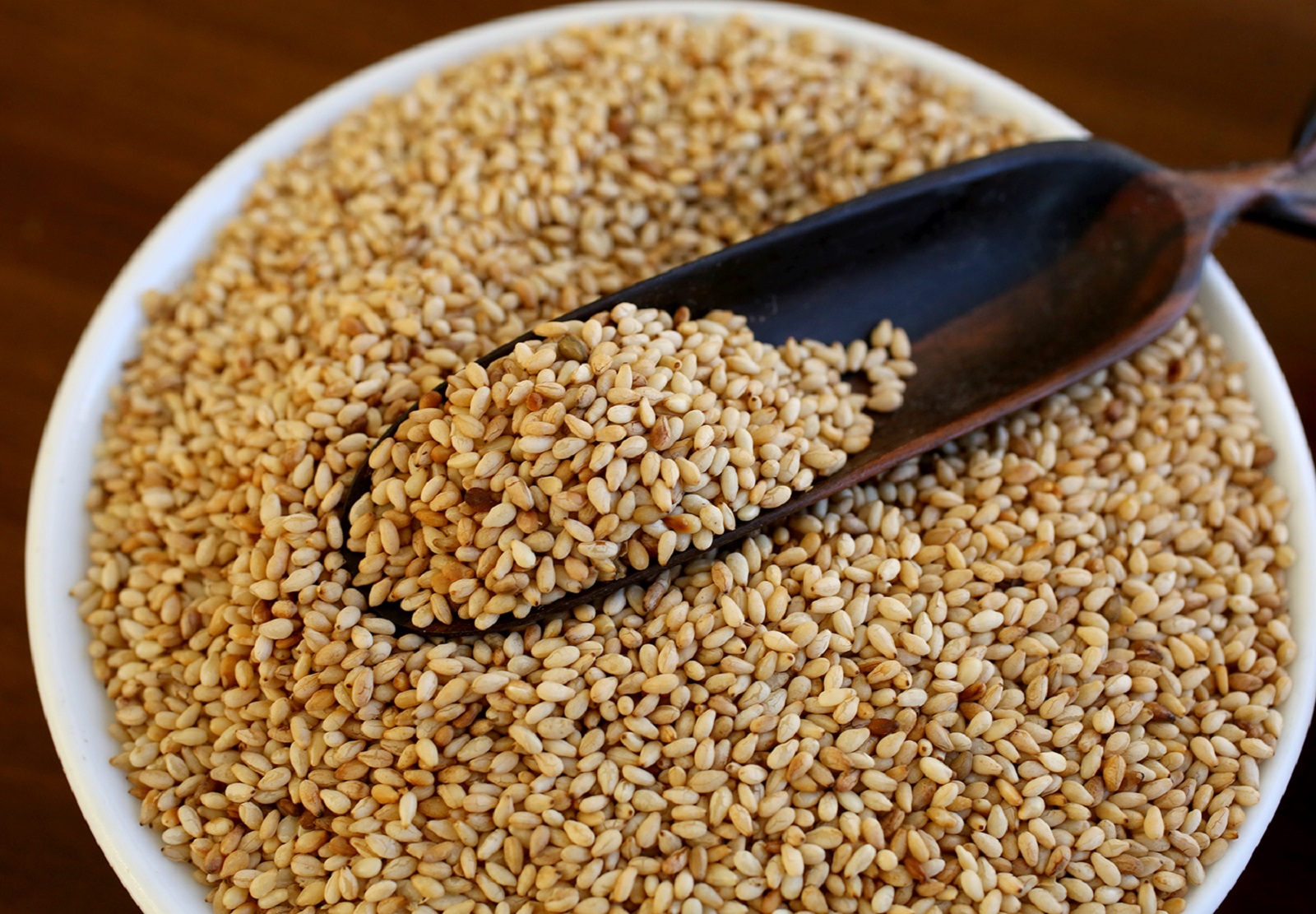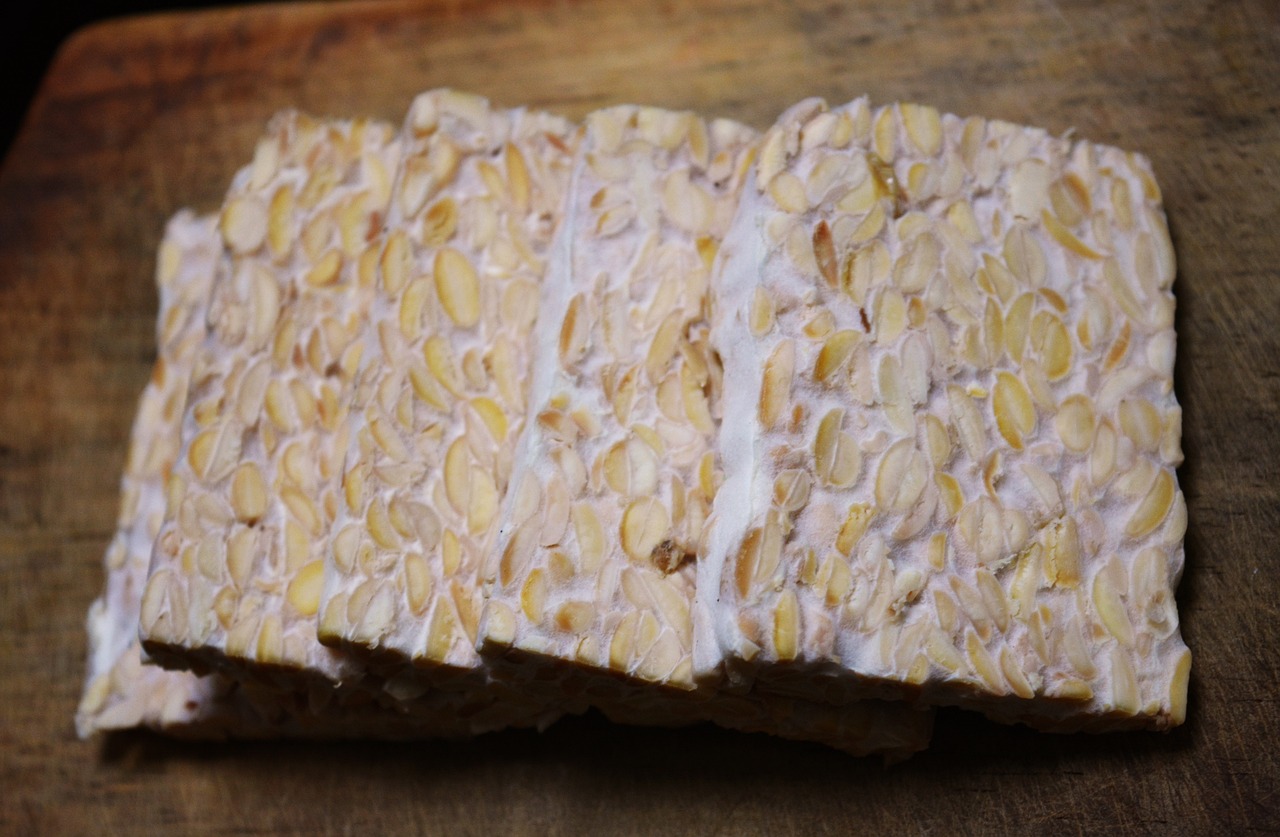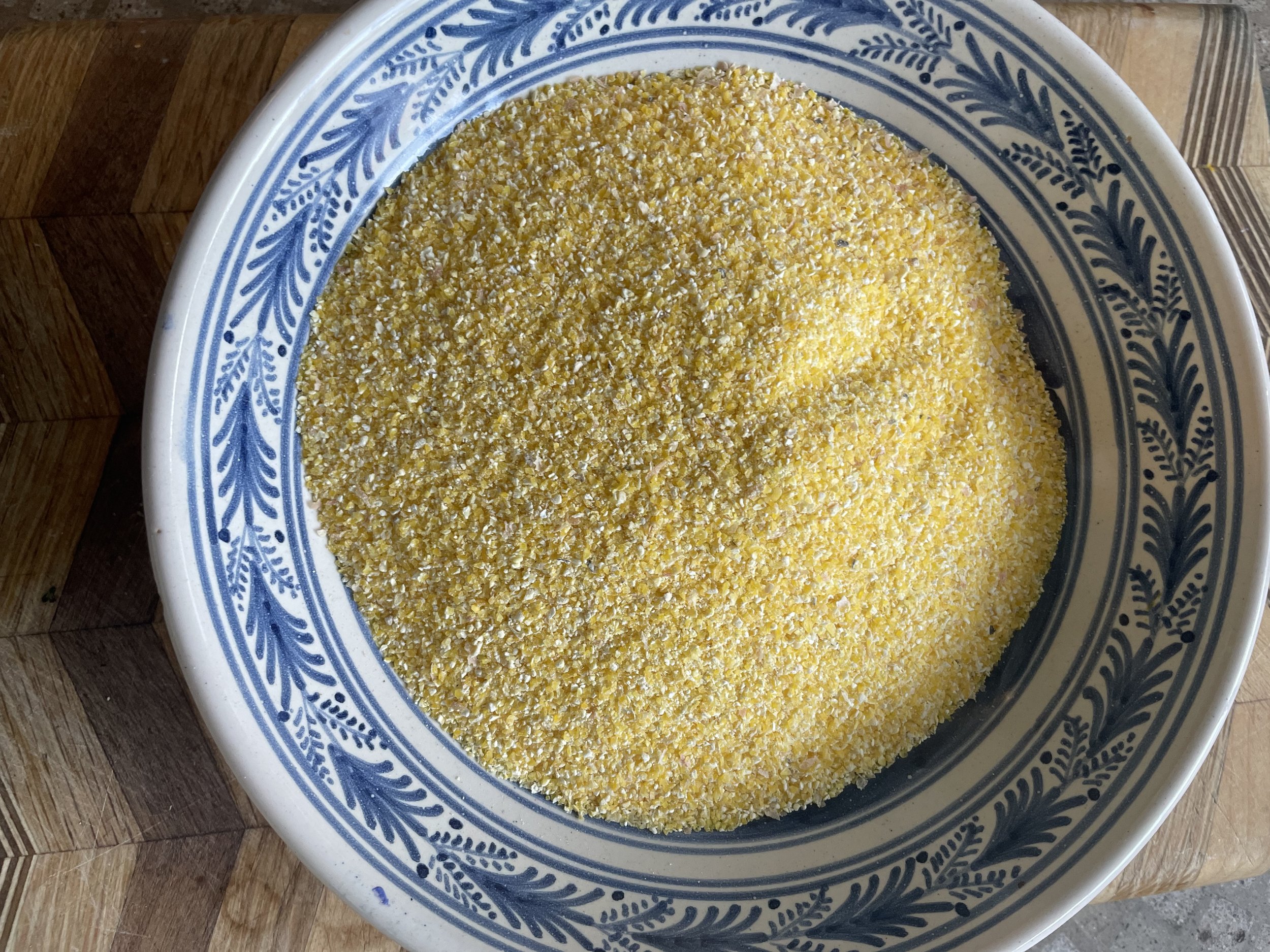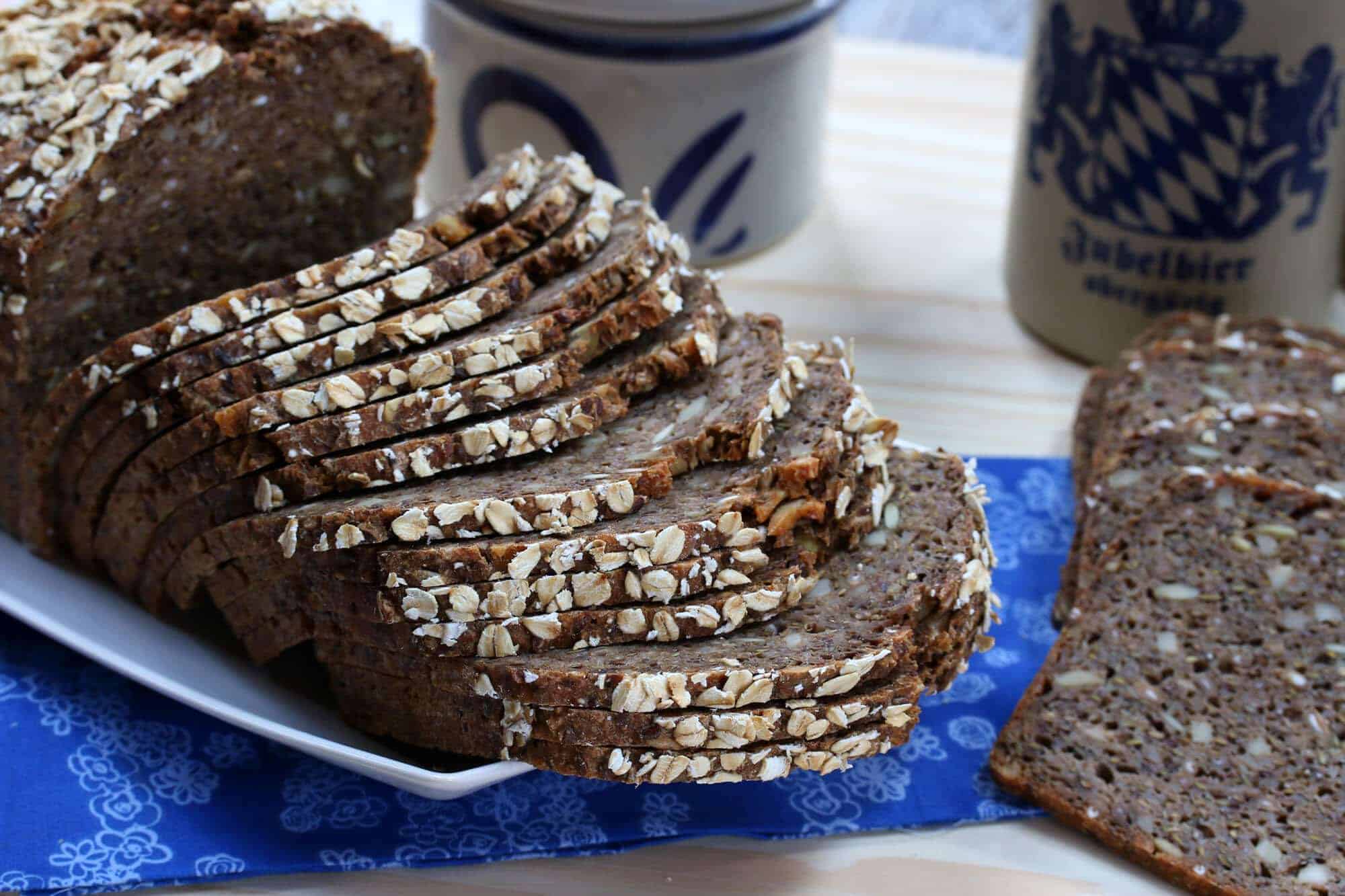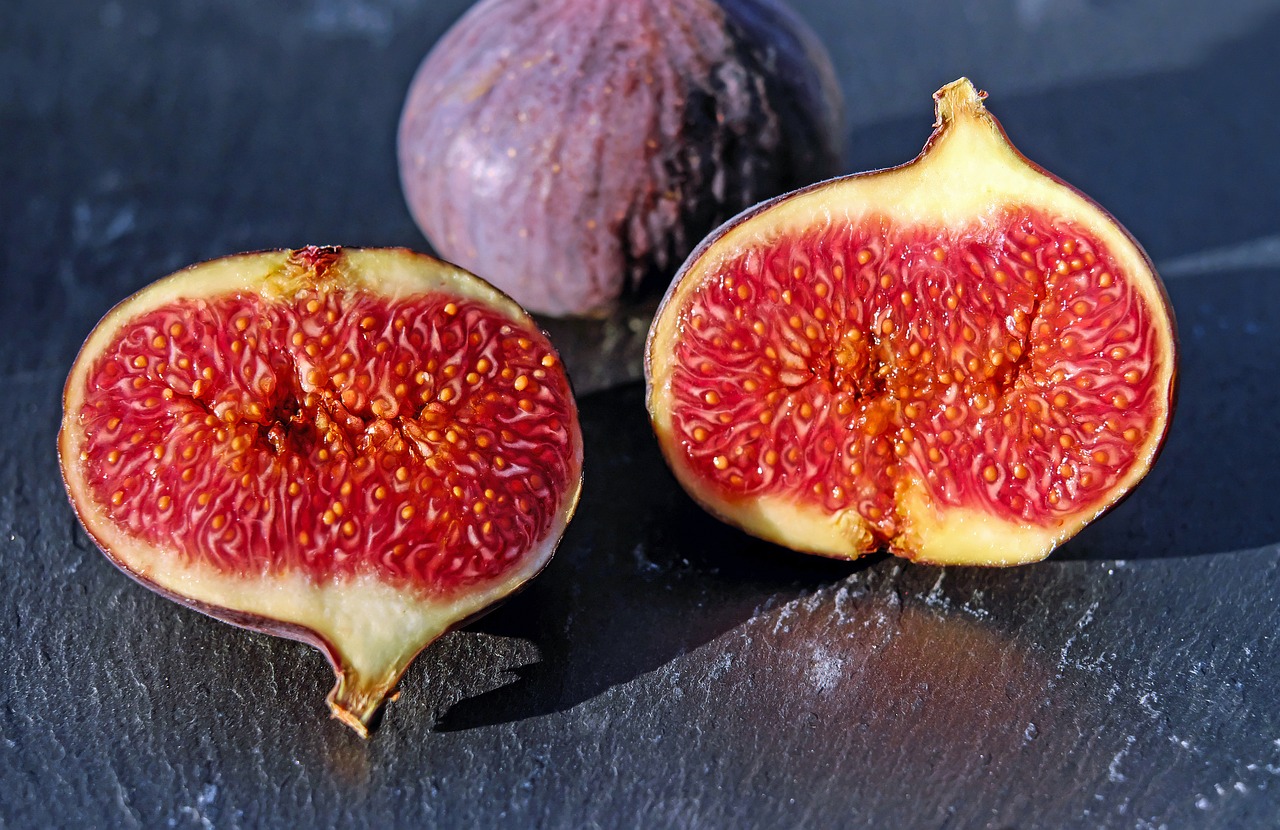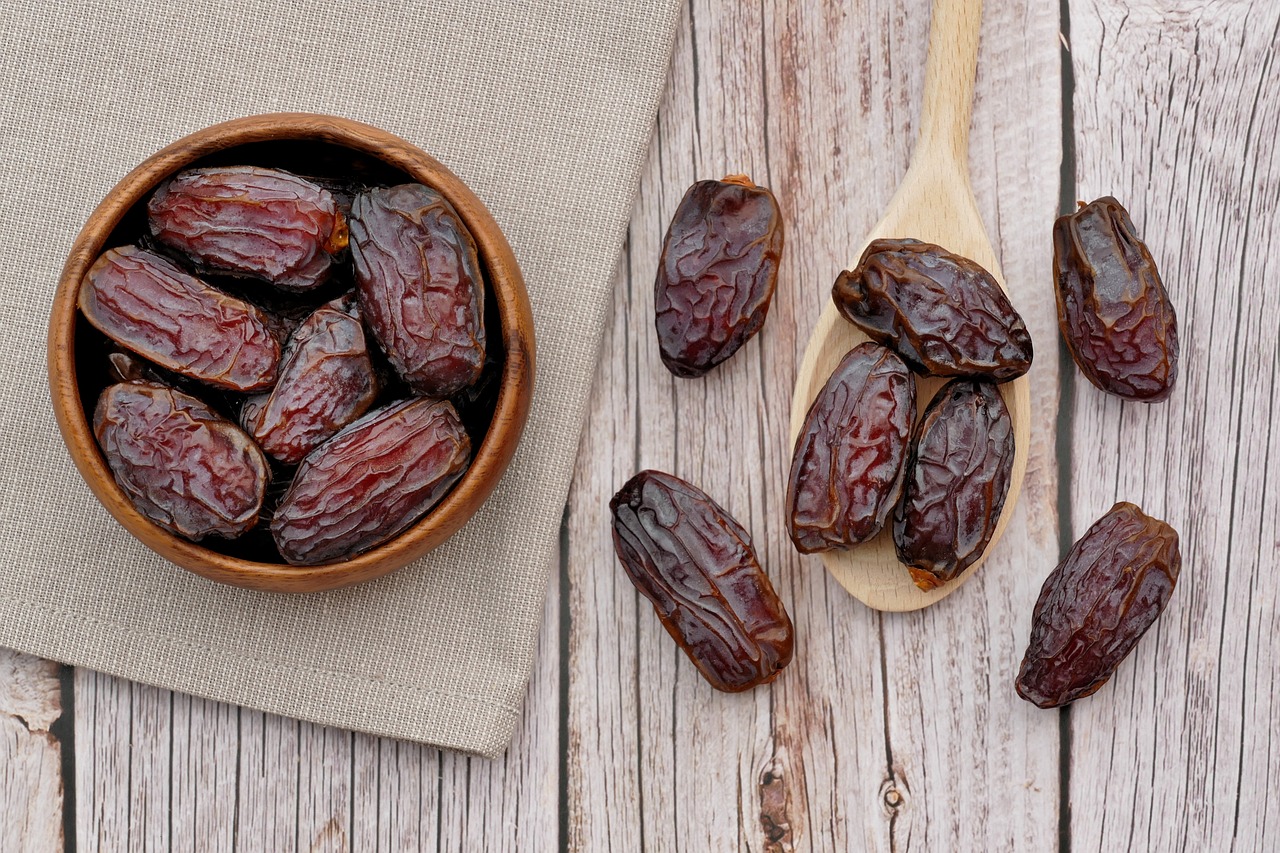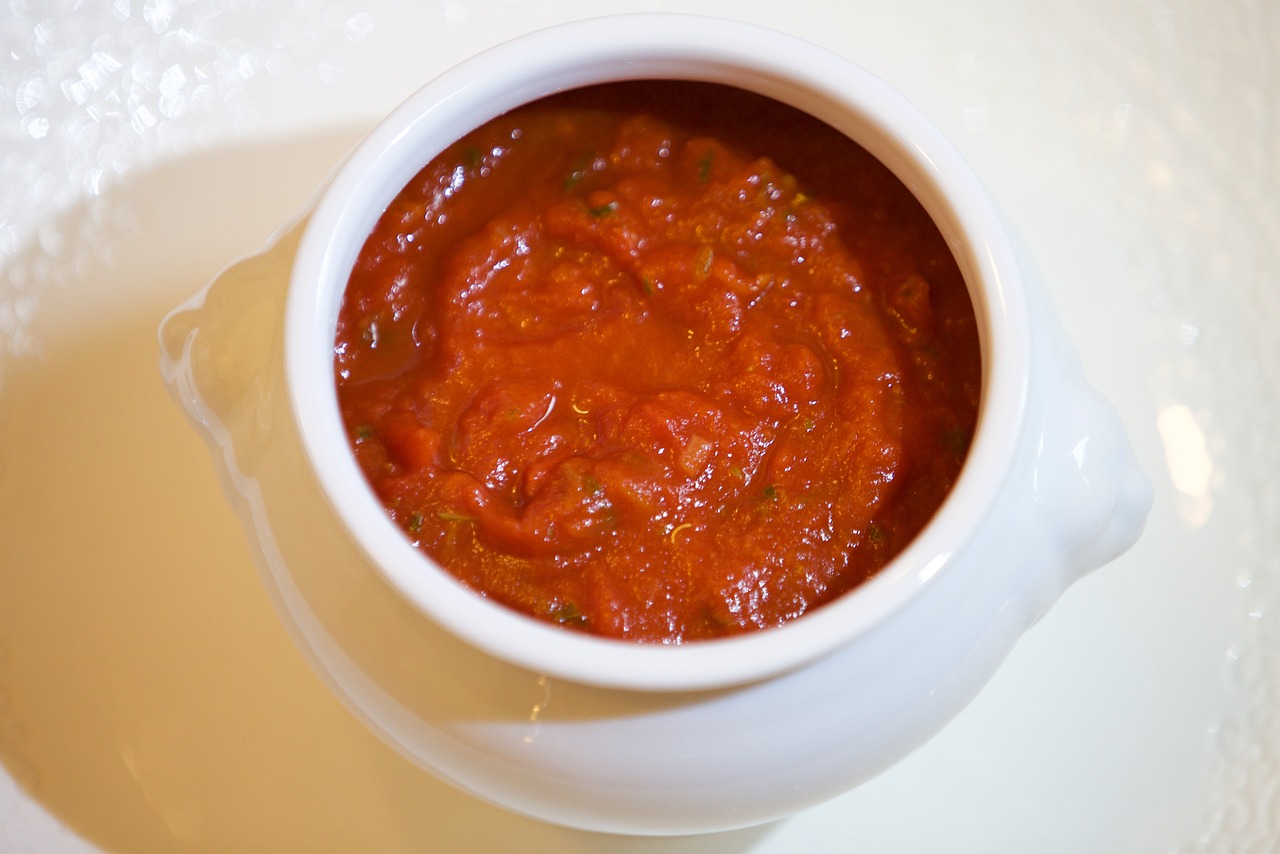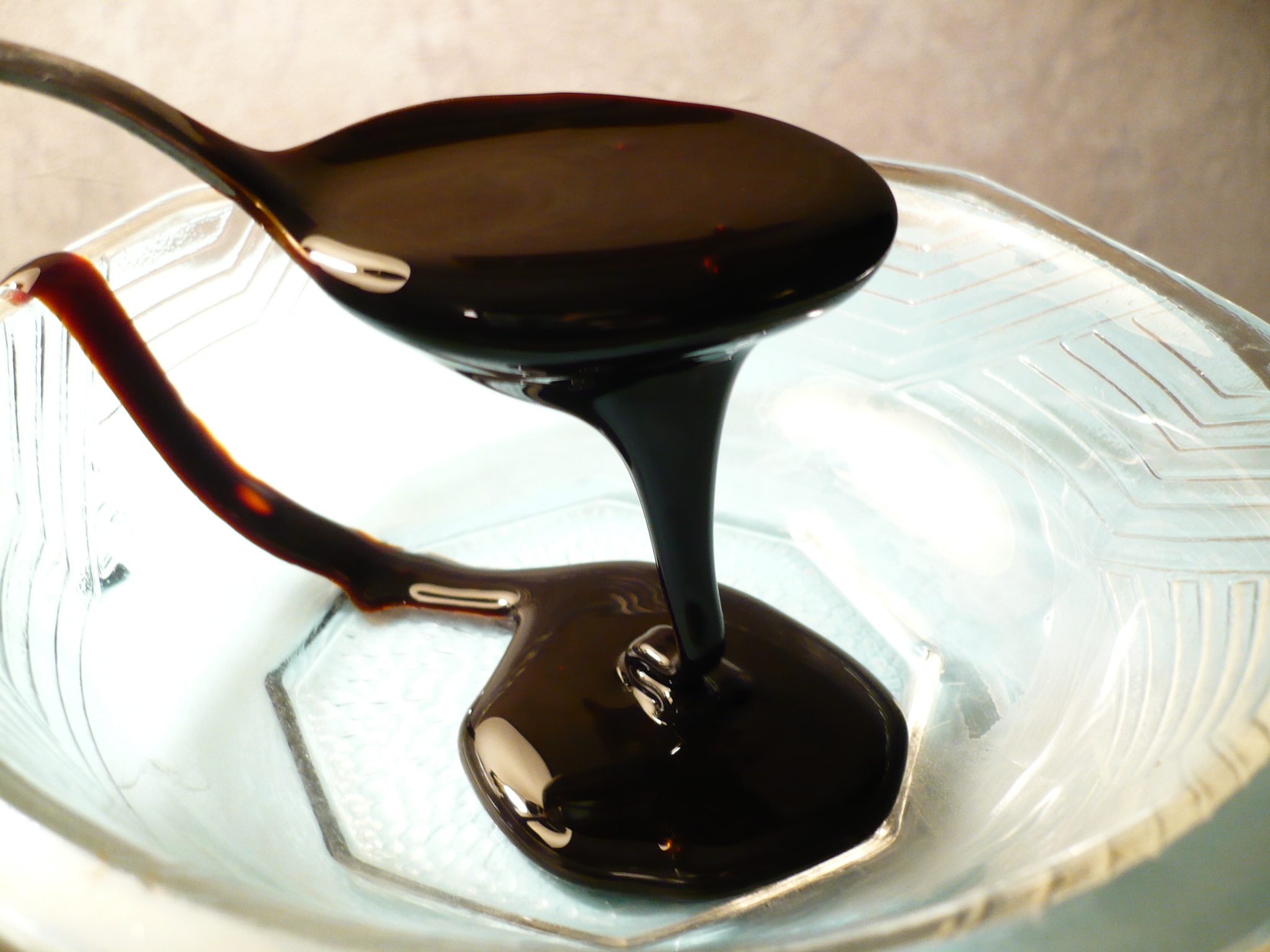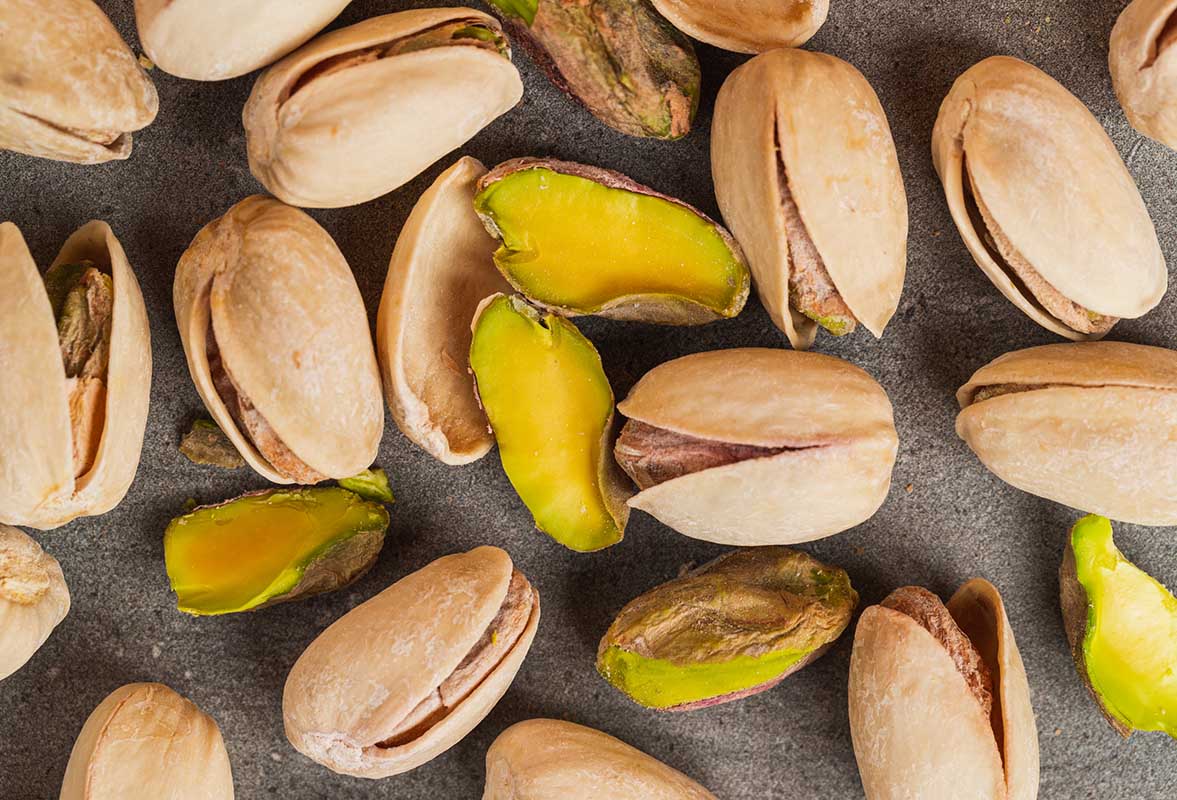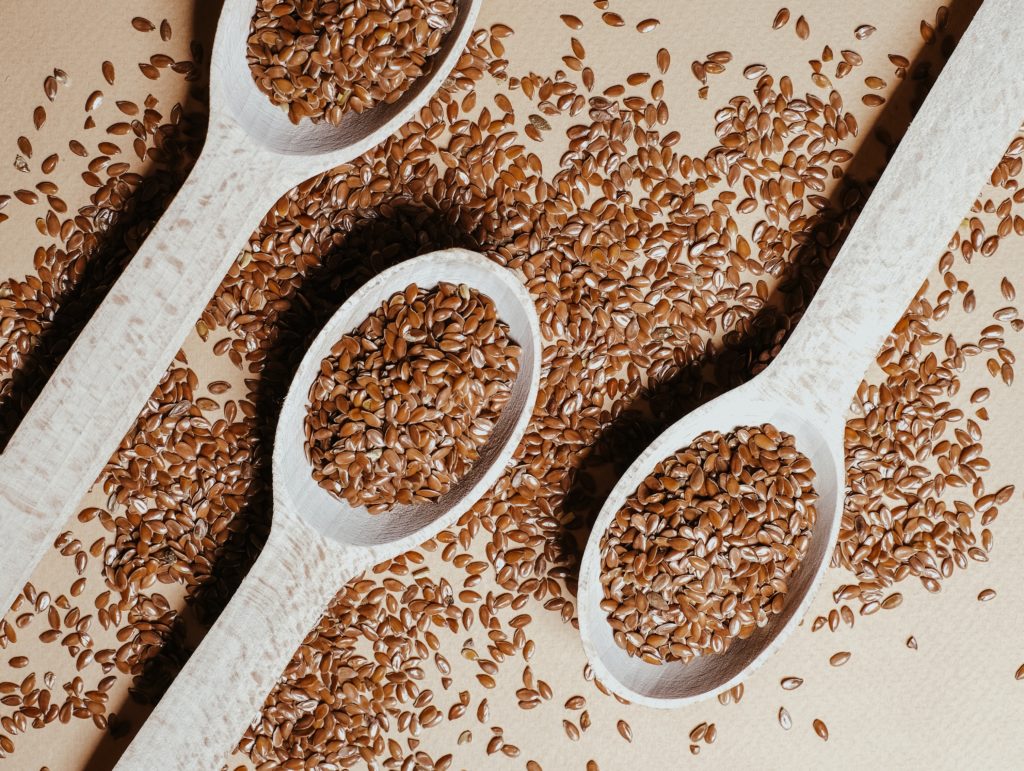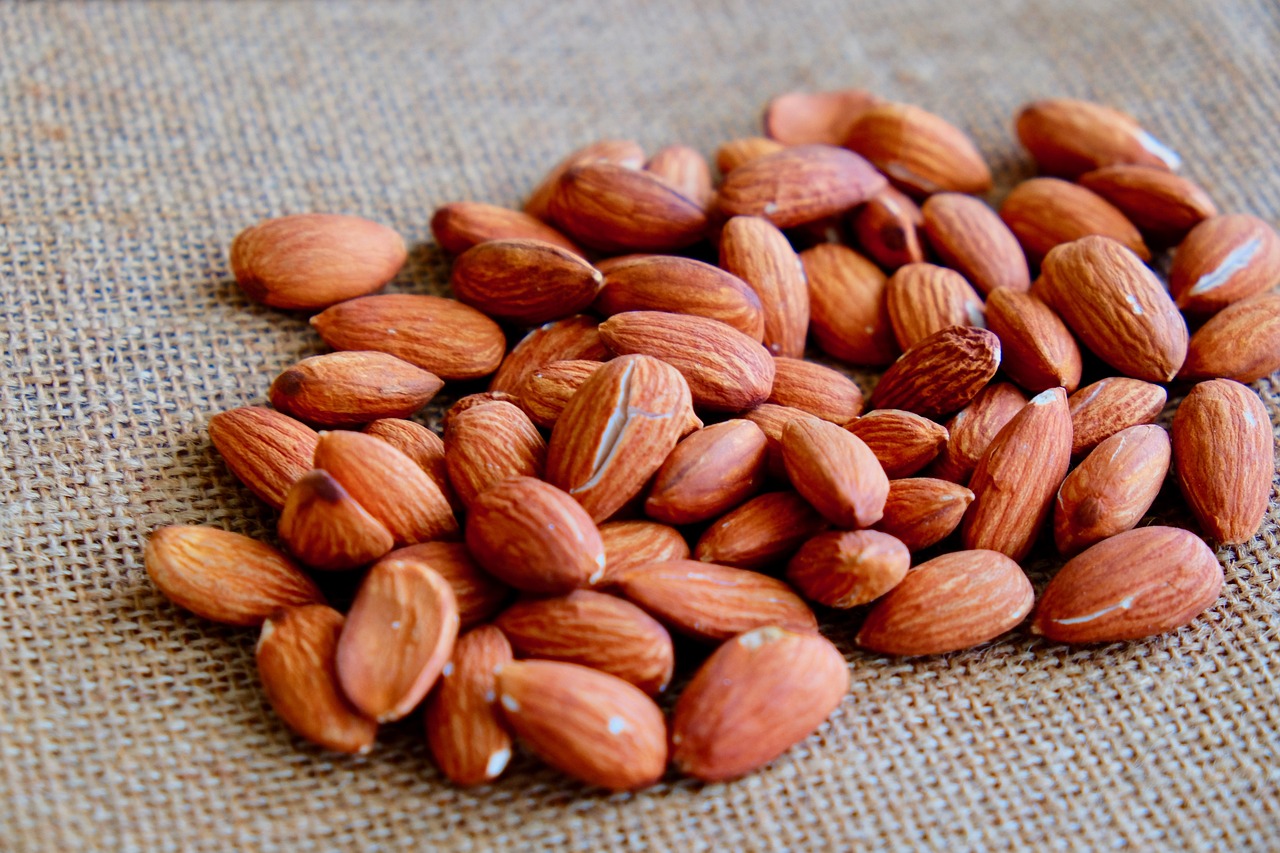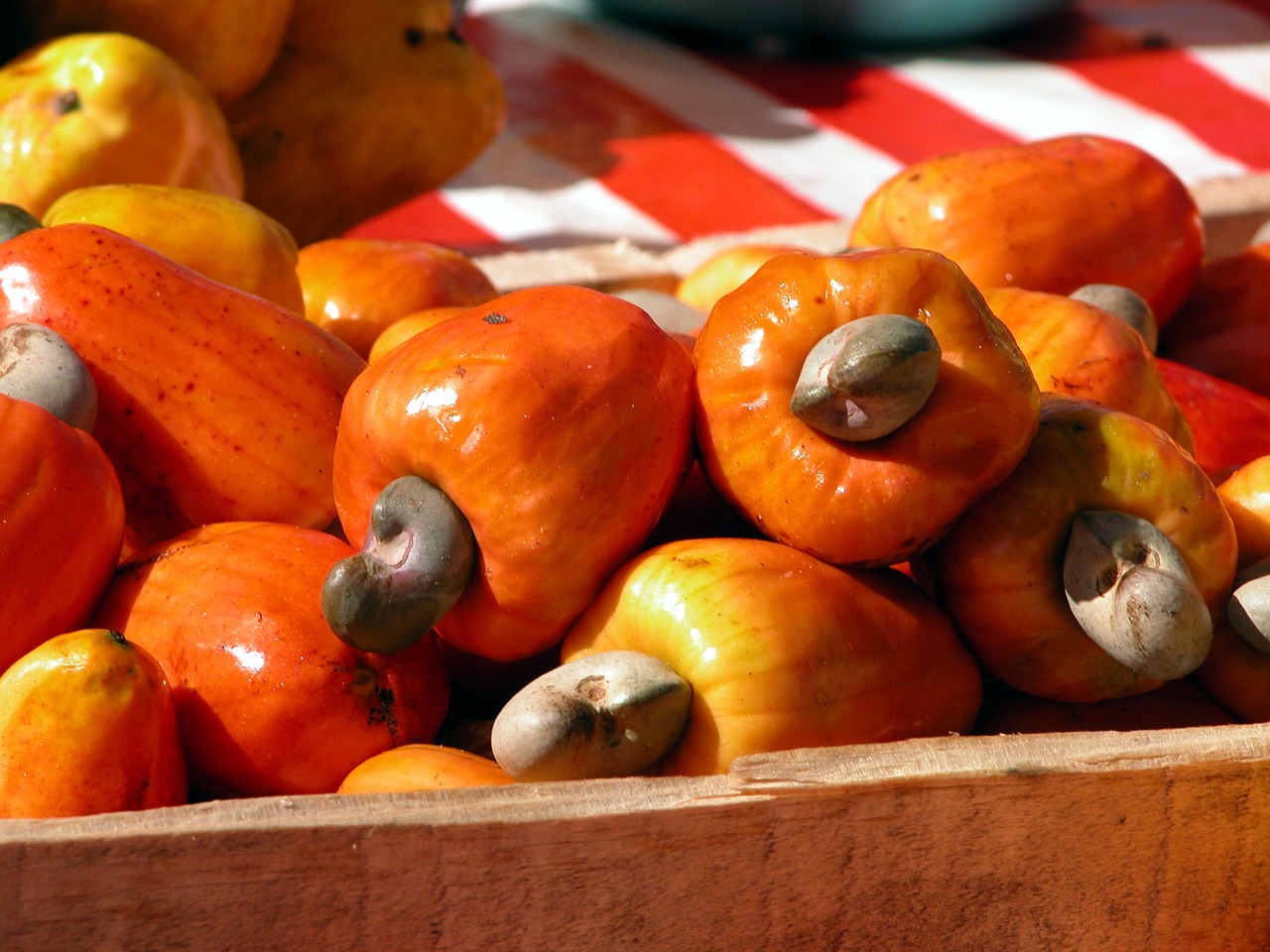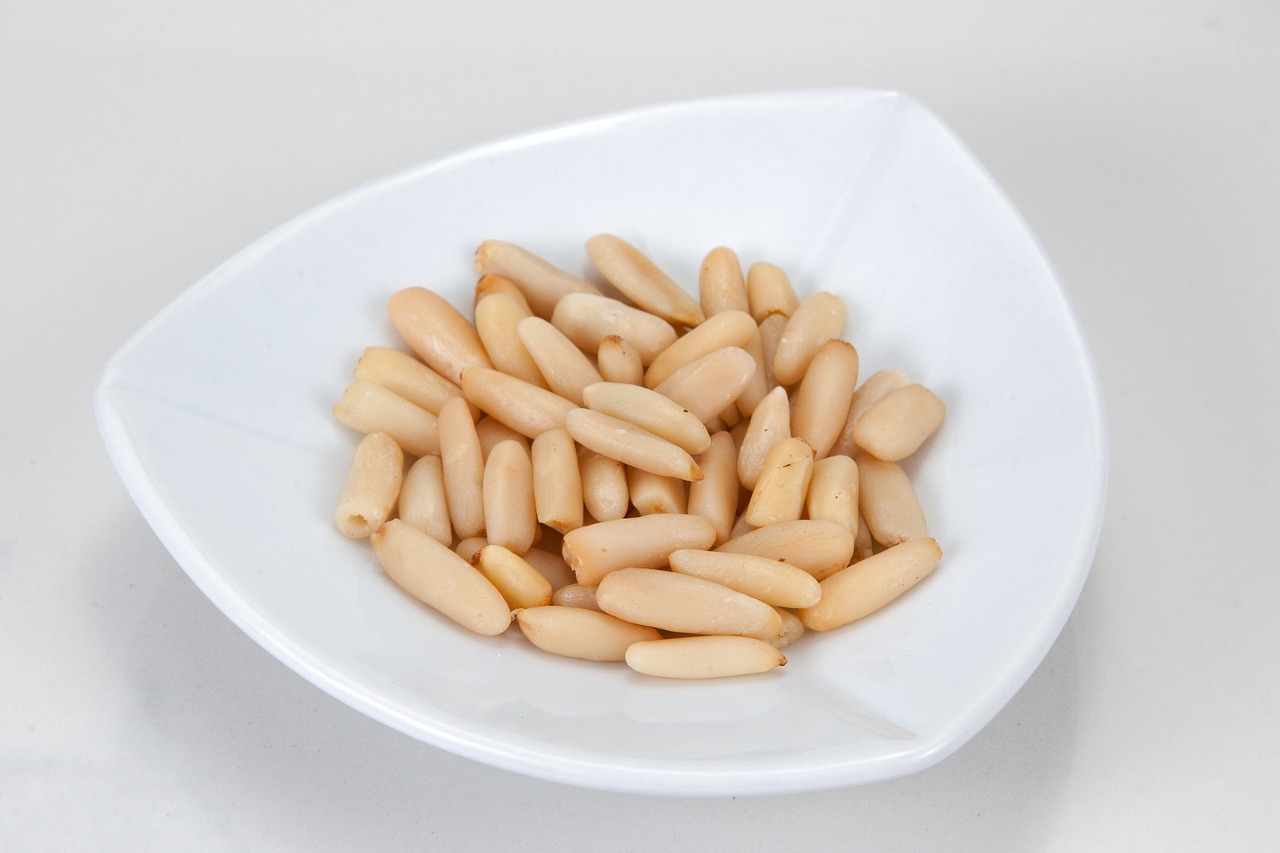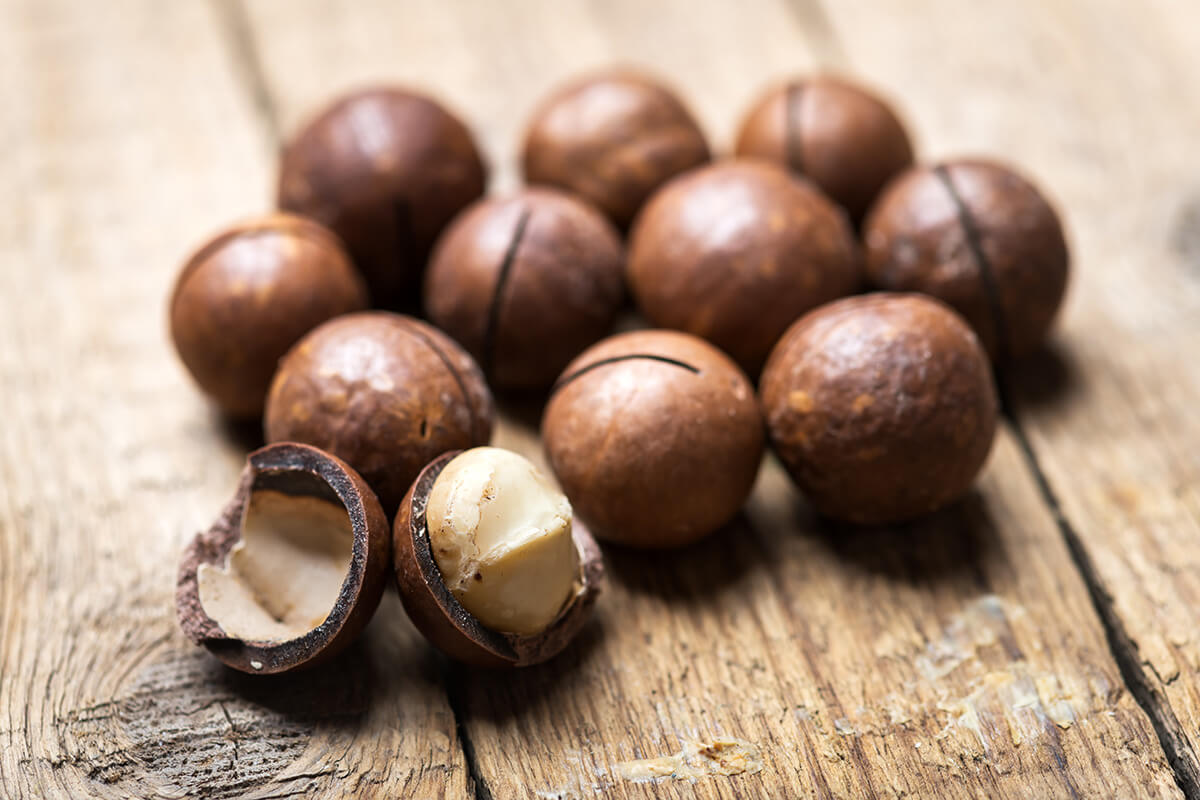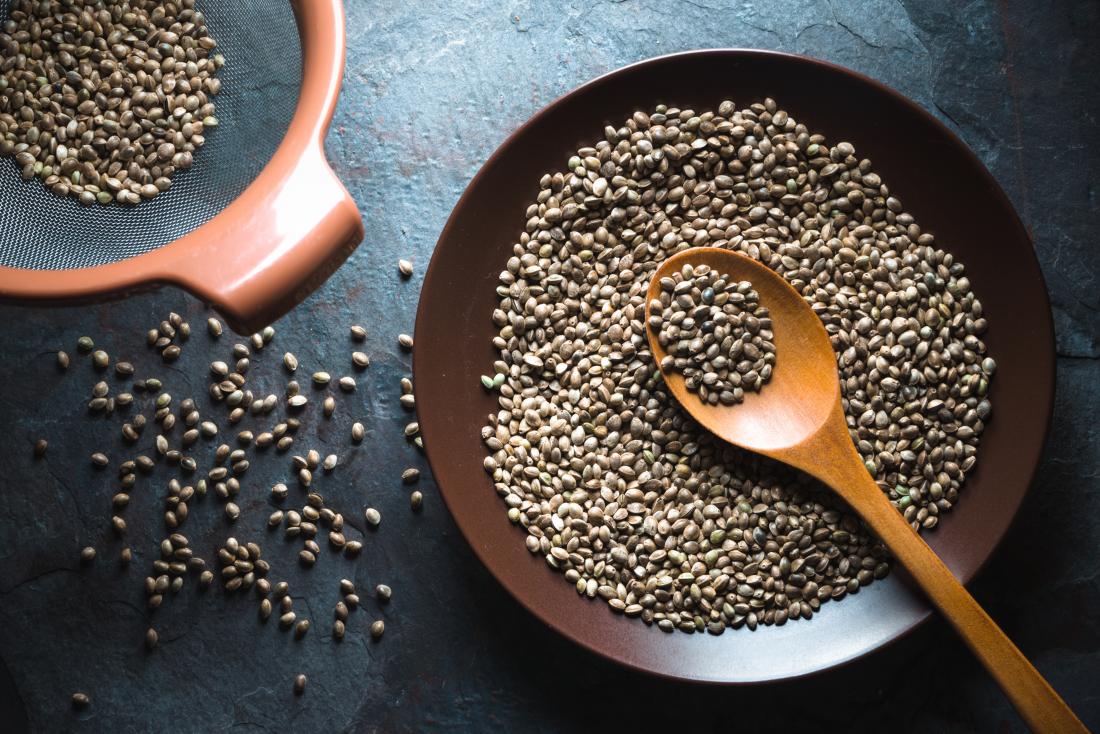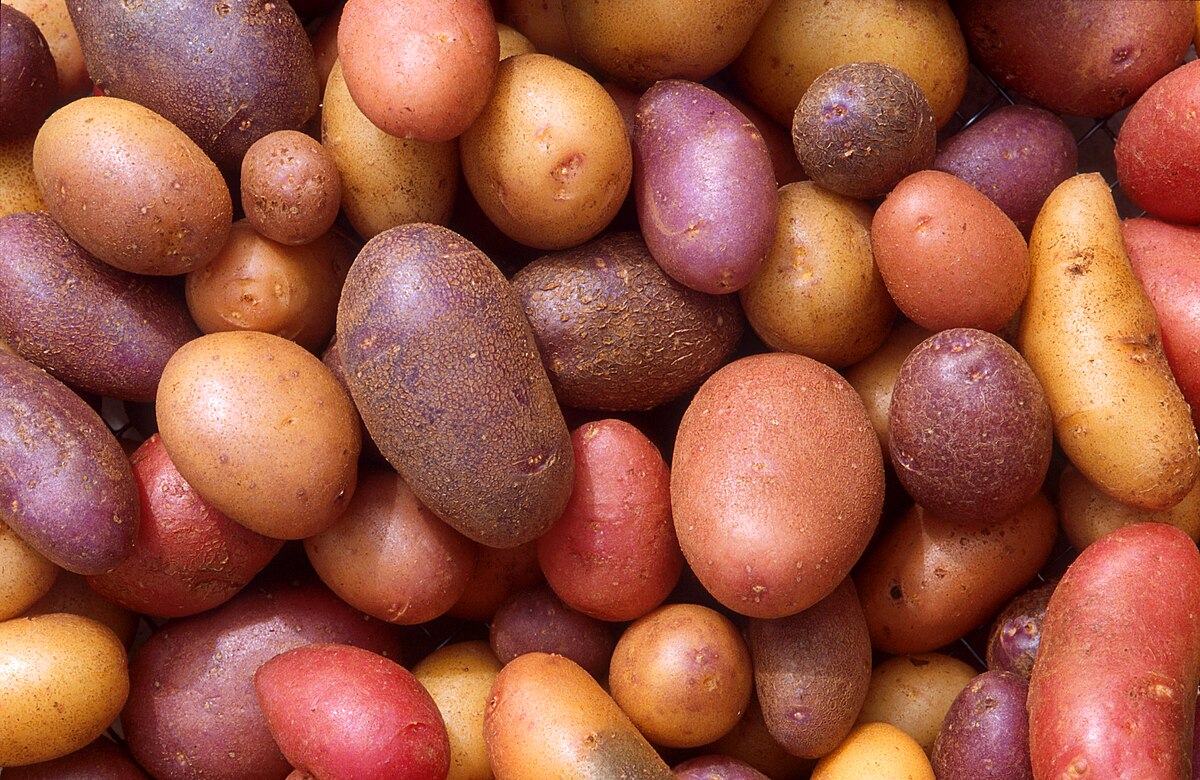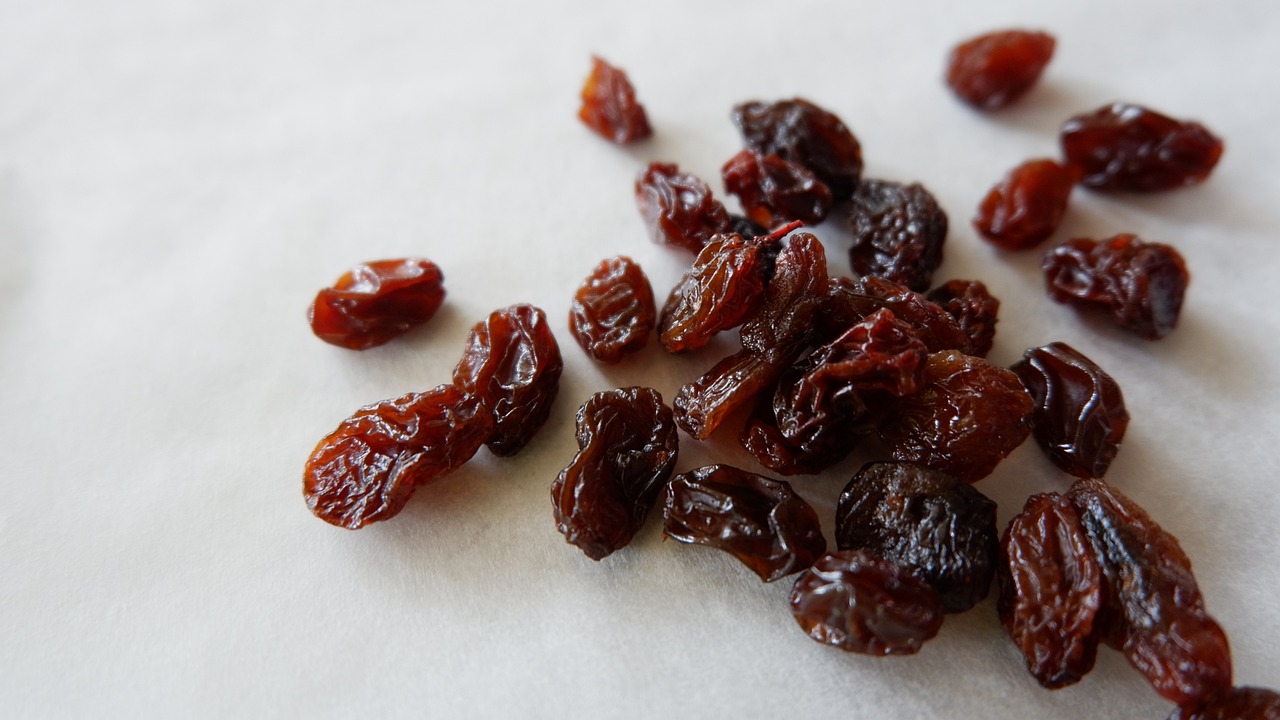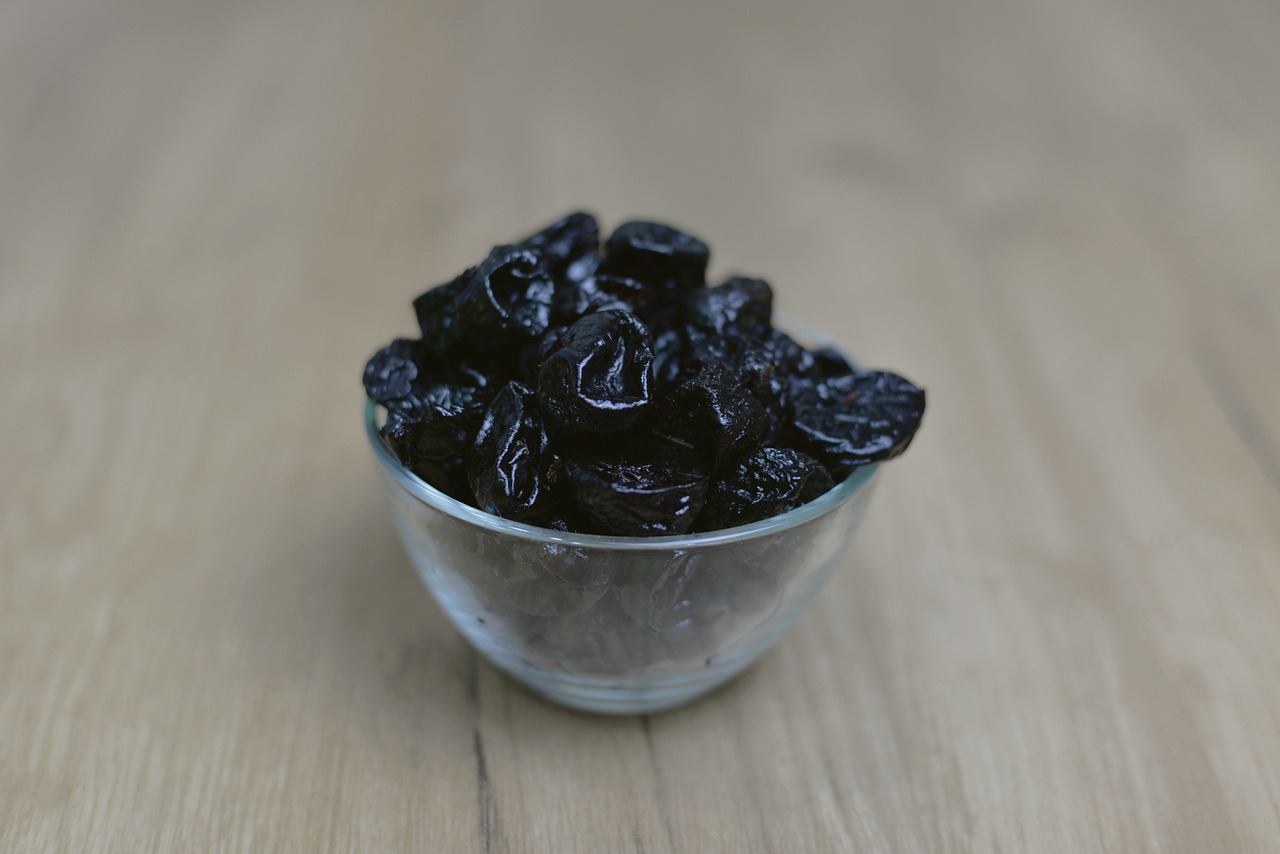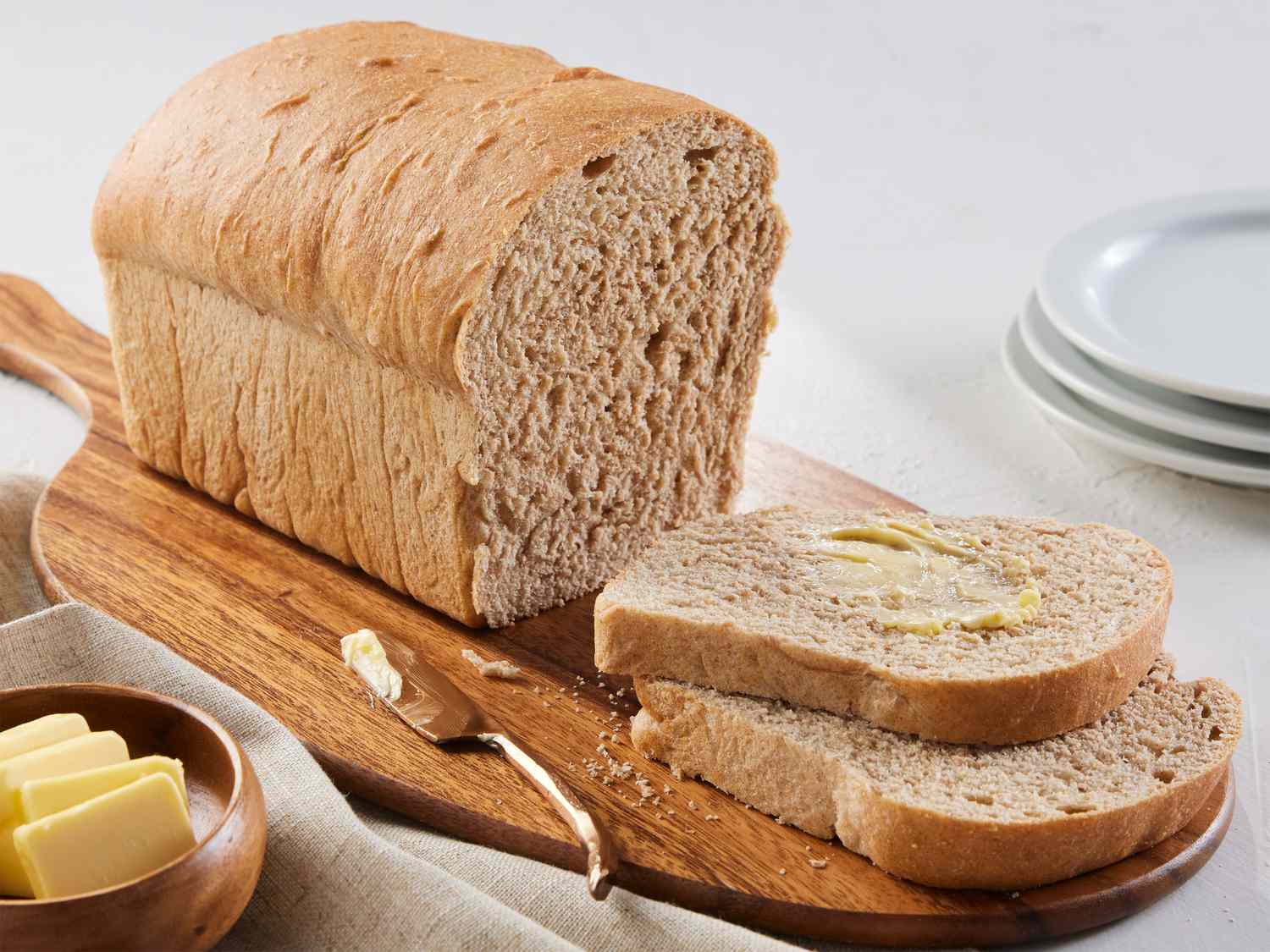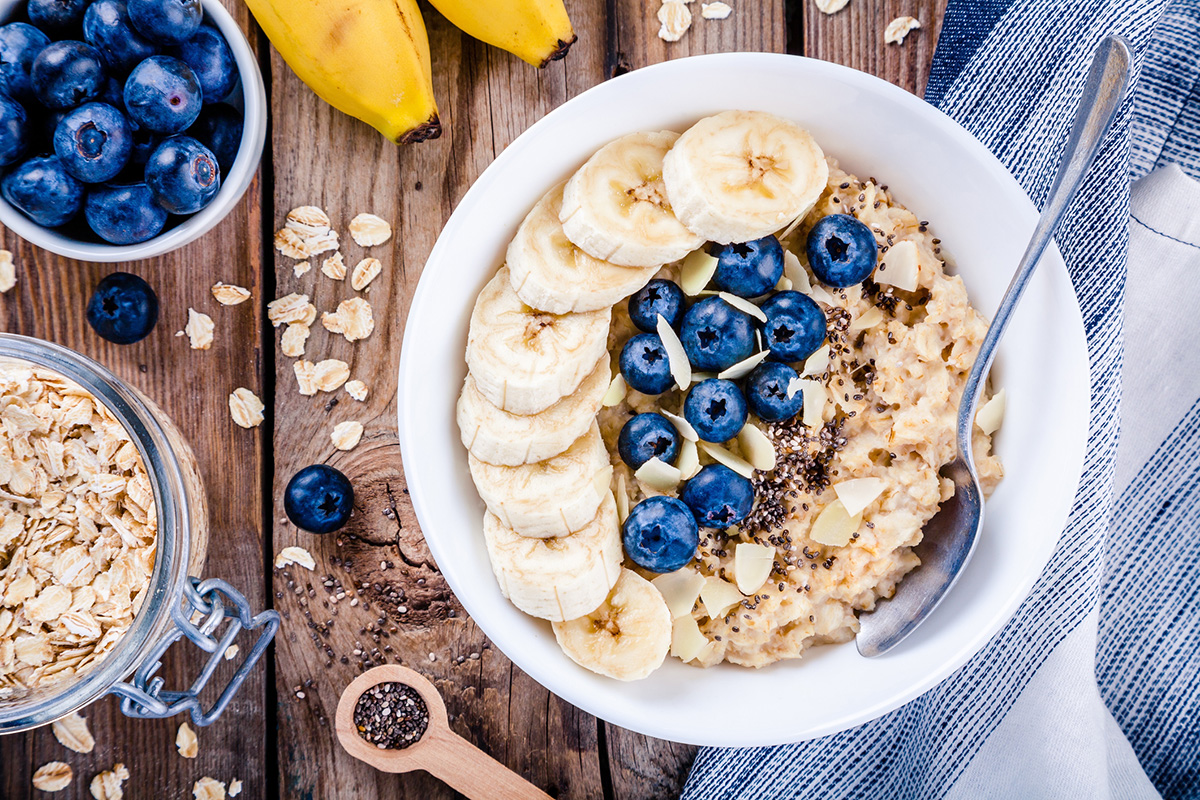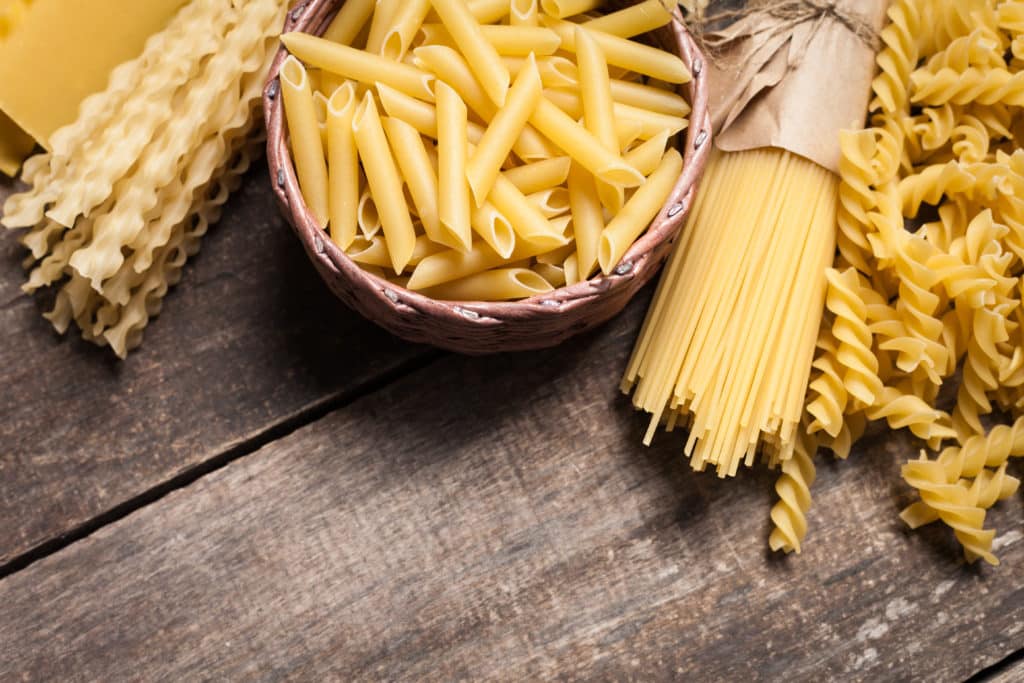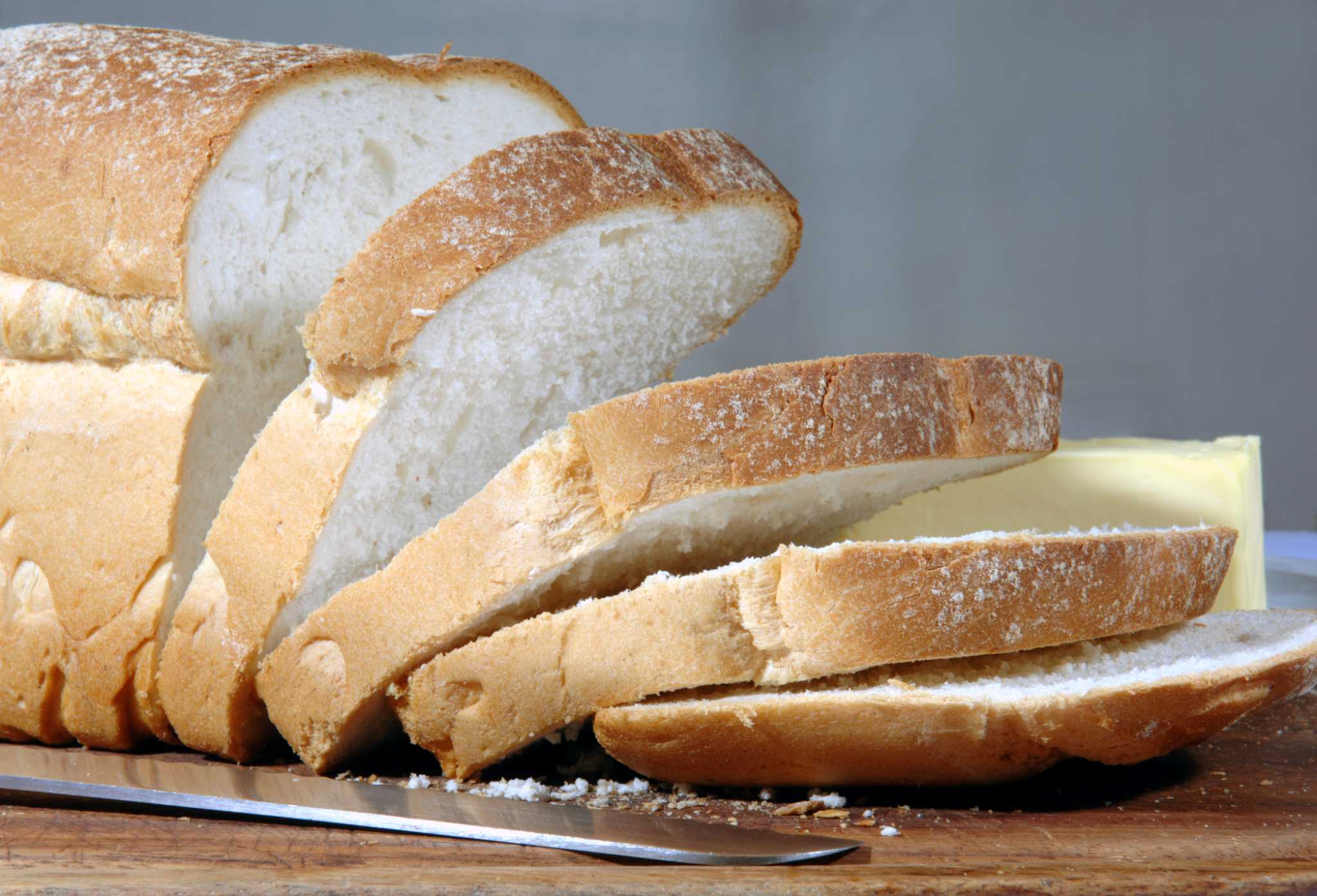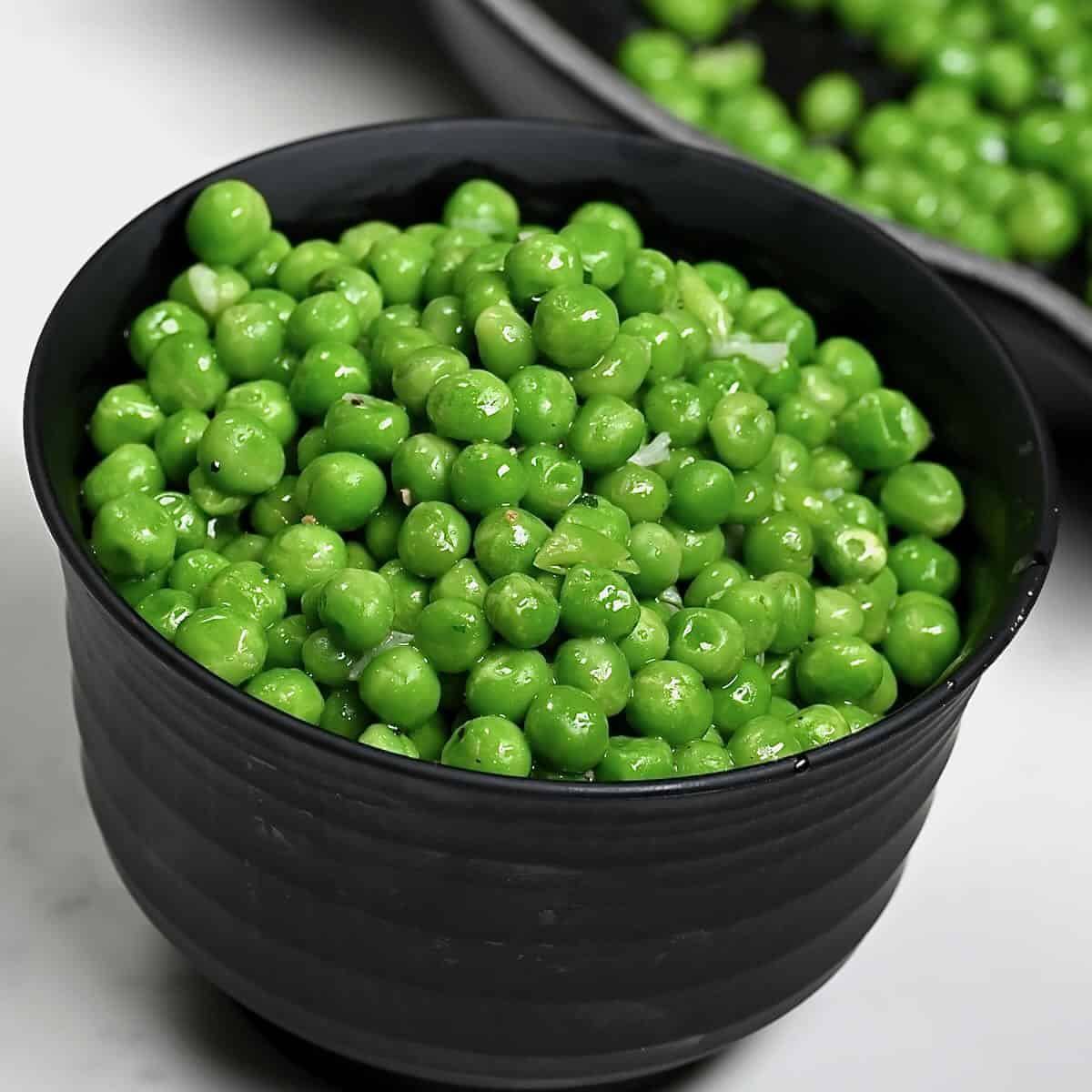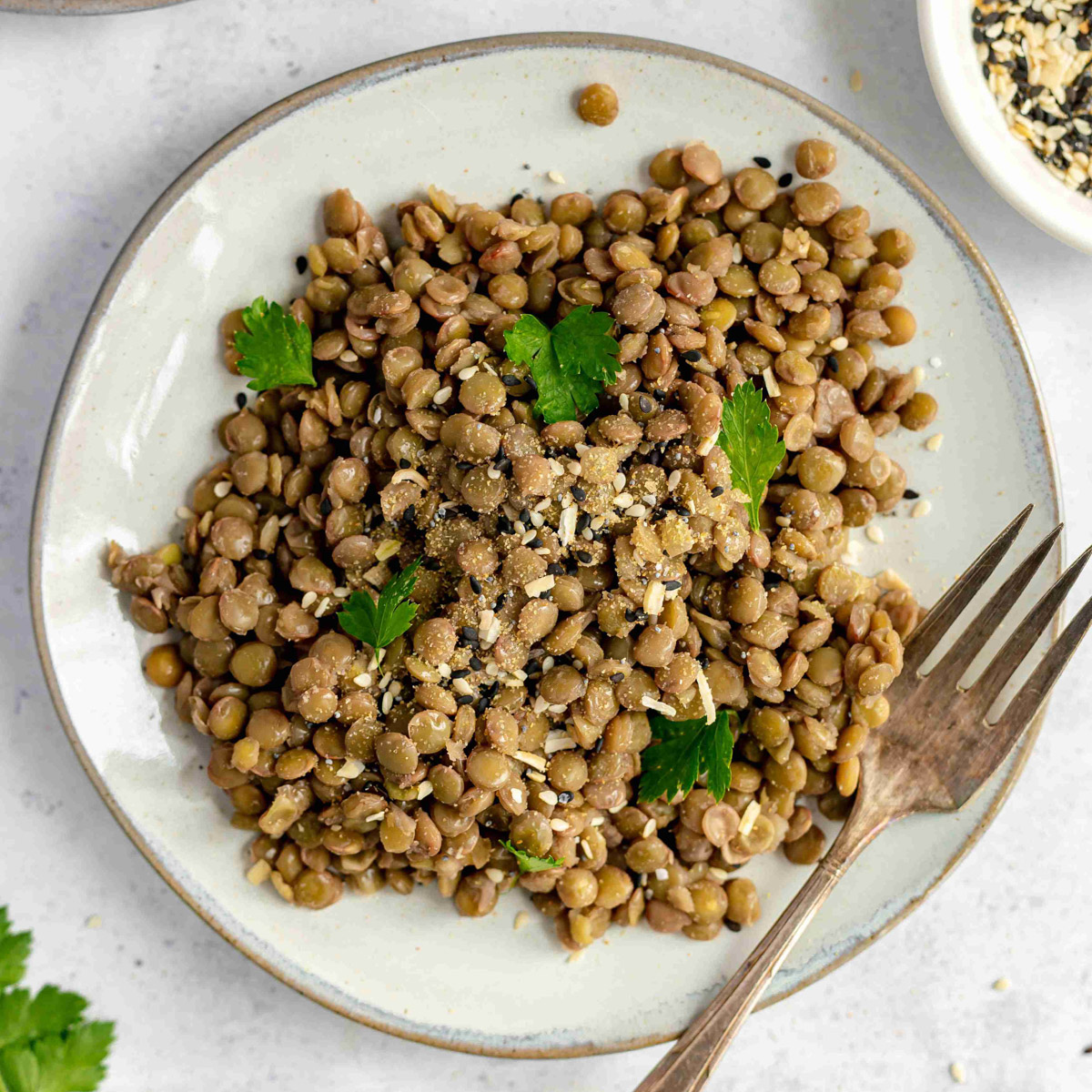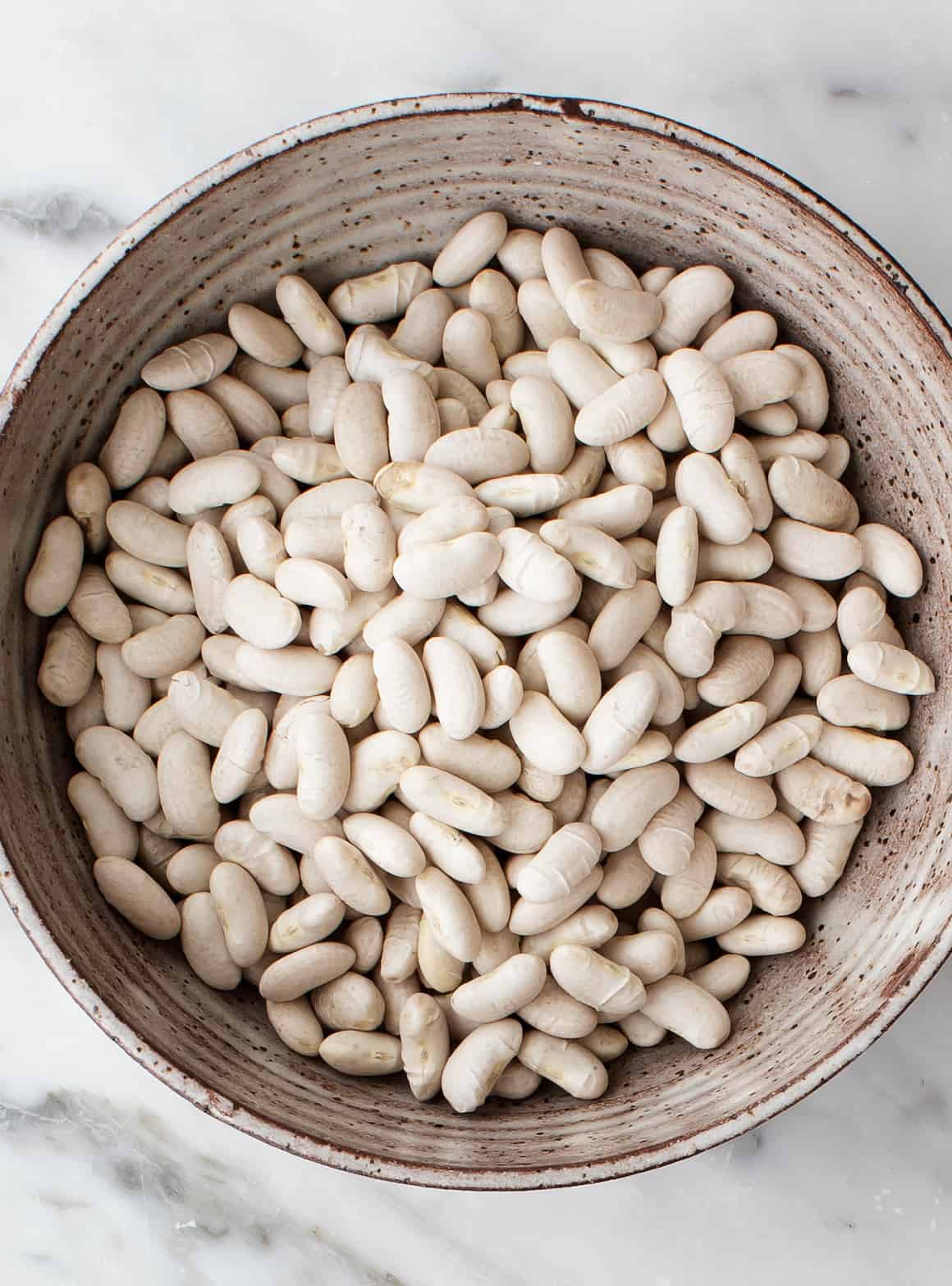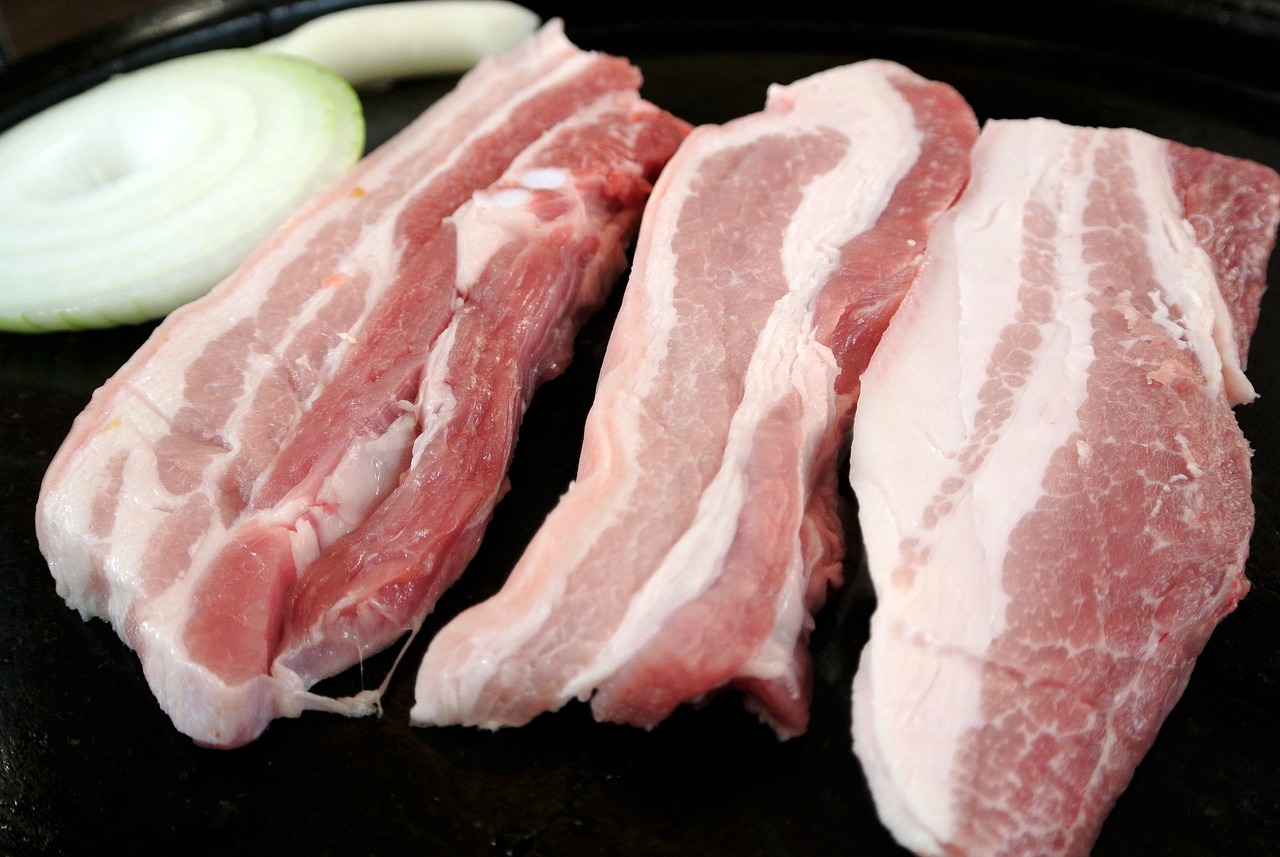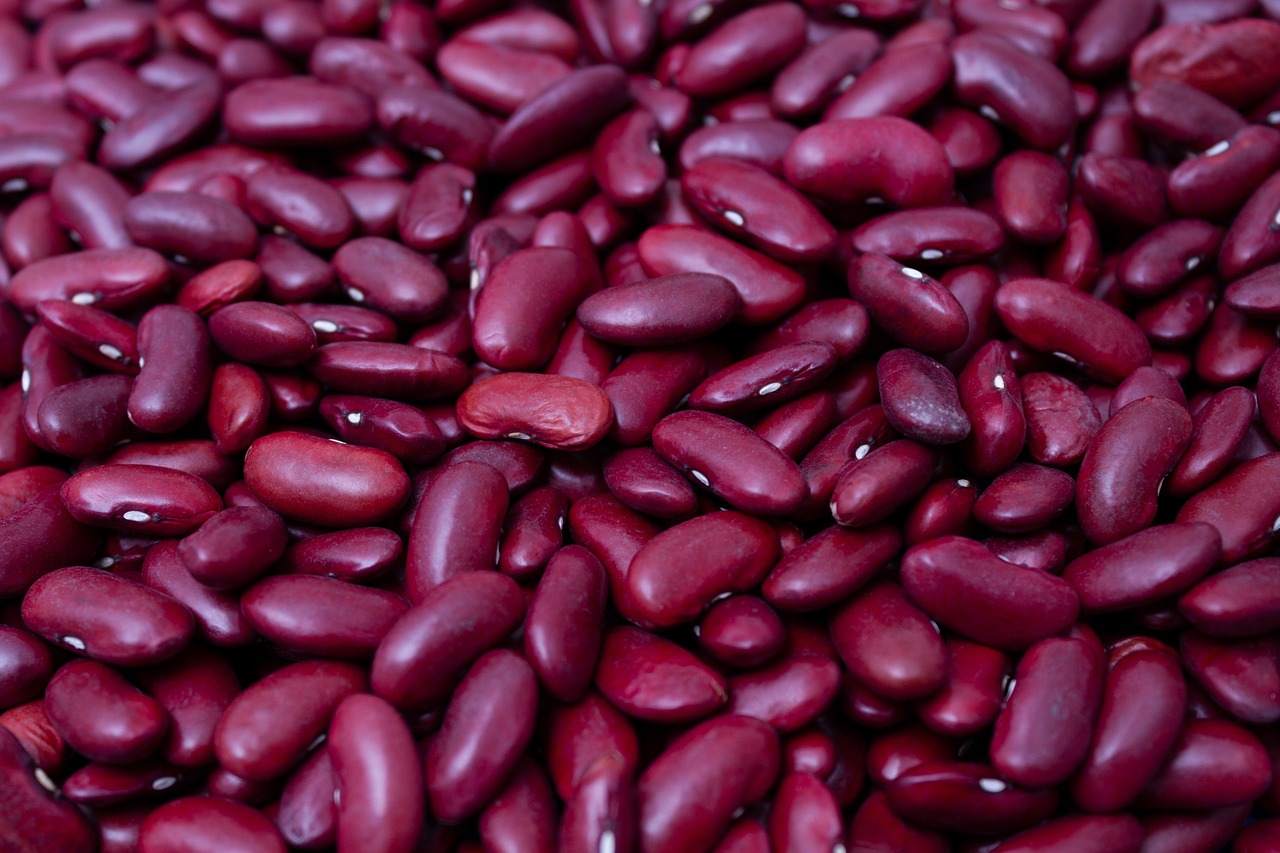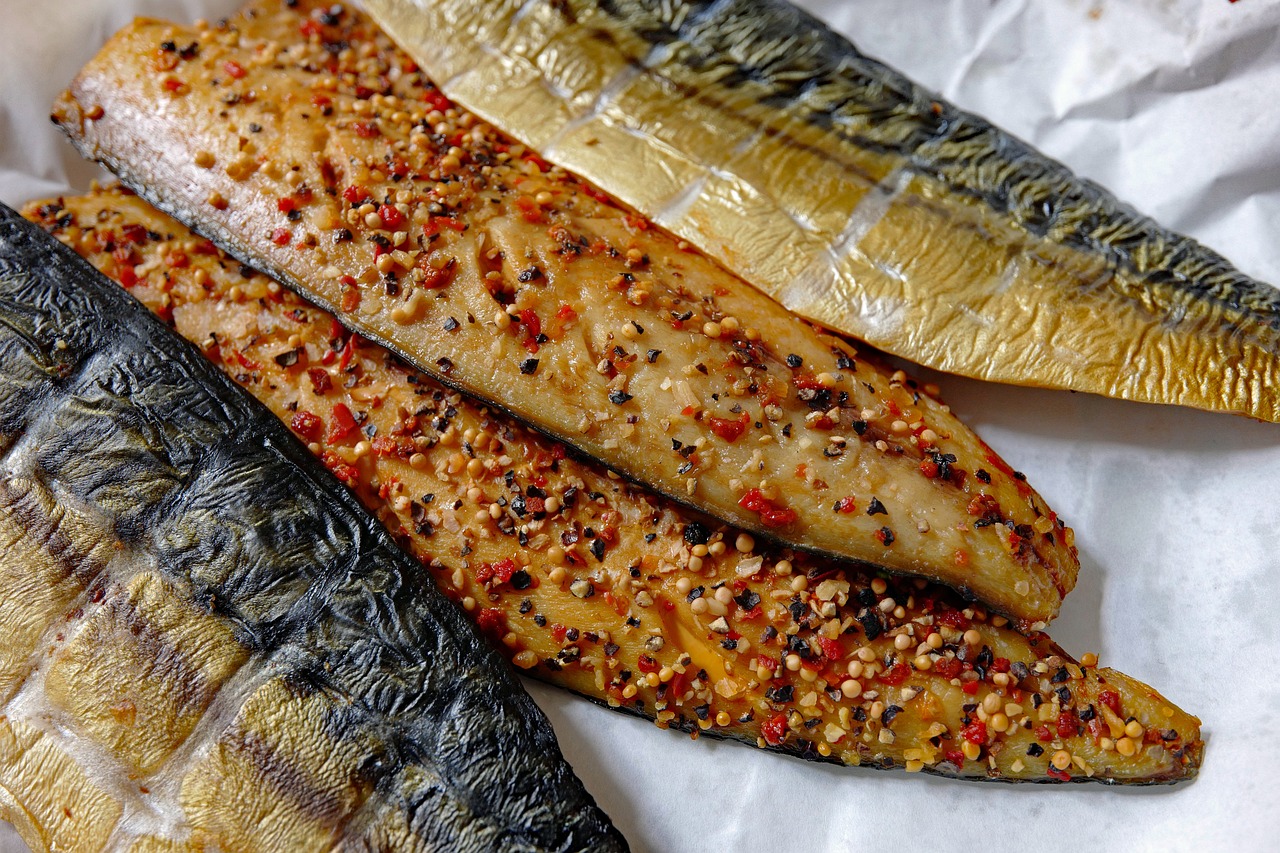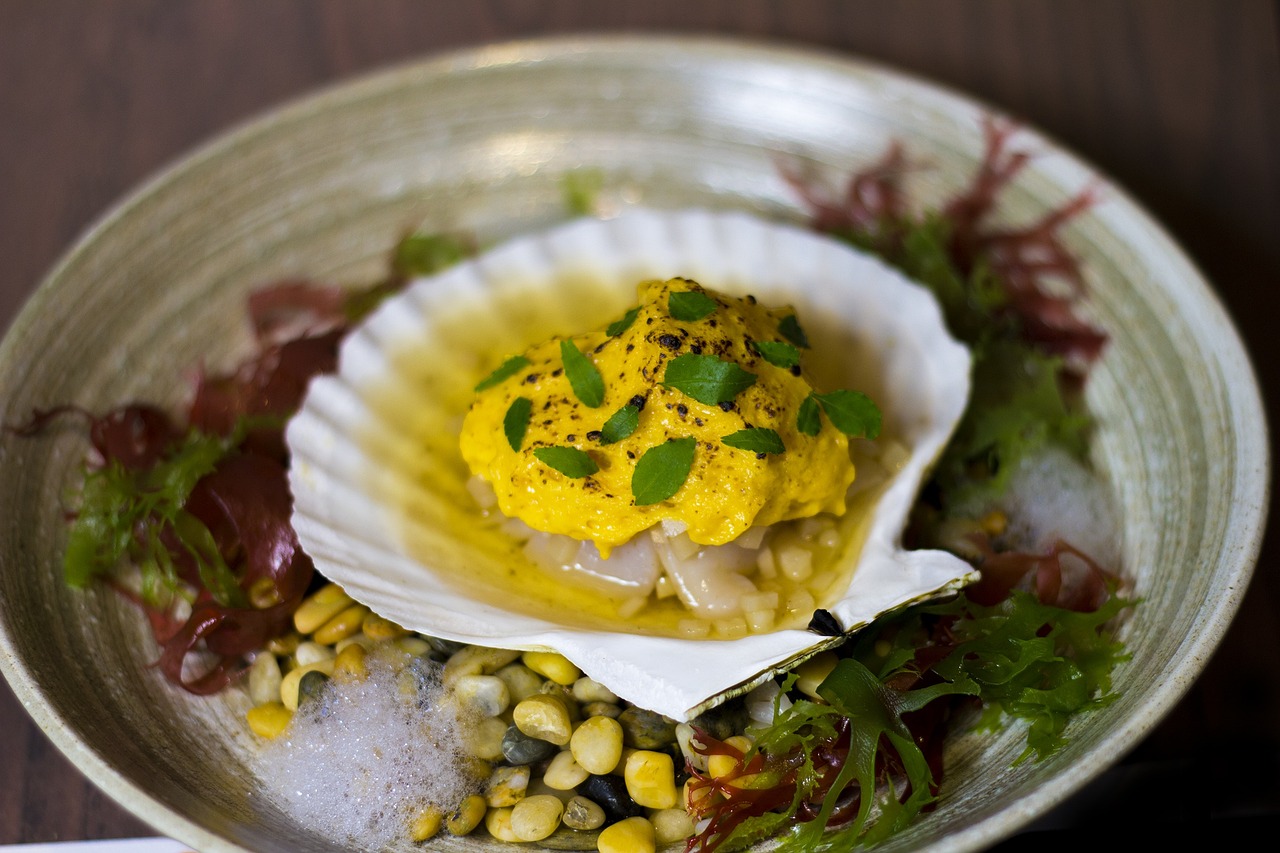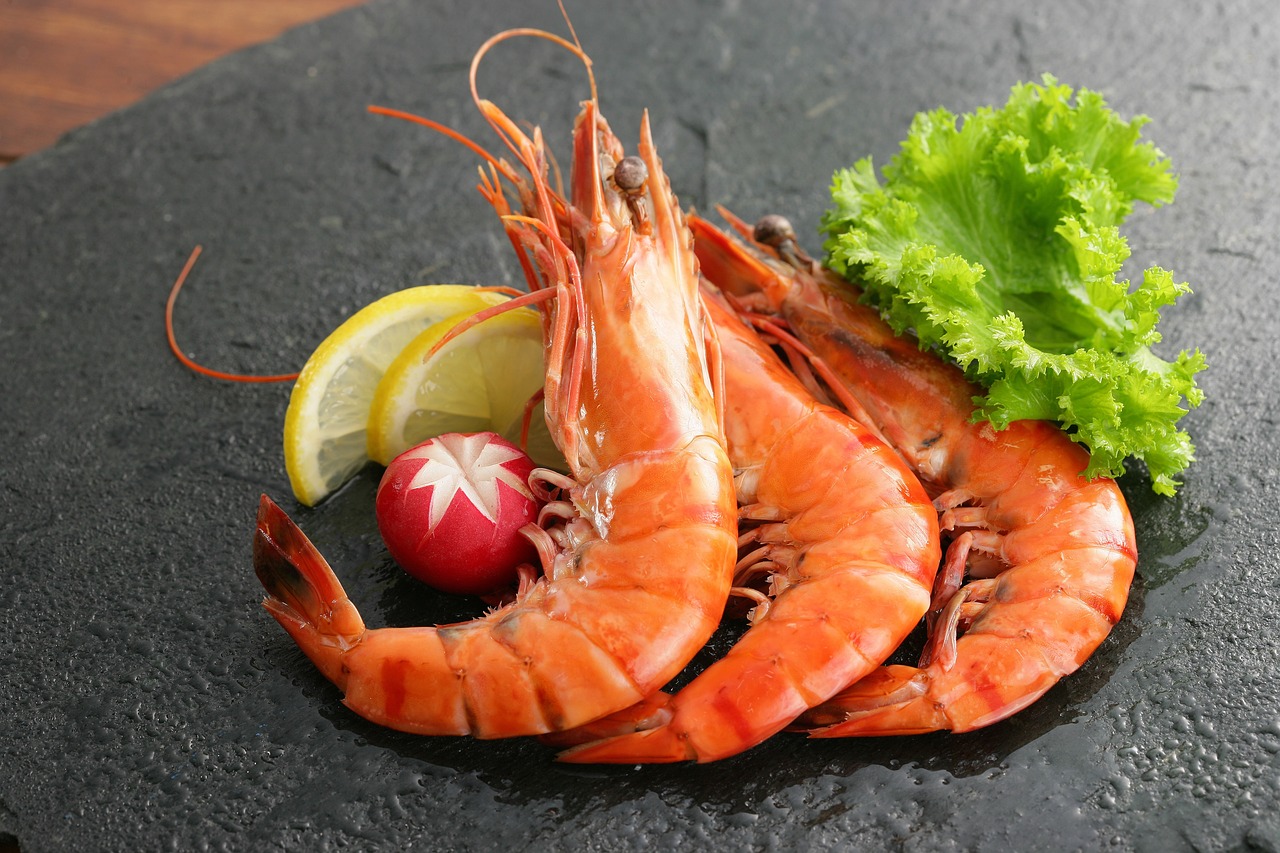Iron-Rich Foods For Energy - Top 52 Options To Fuel Your Energy
Iron plays an essential role in your body’s ability to produce energy. Without enough iron, your body can’t function at its best, leaving you feeling fatigued and weak. Fortunately, you can boost your iron levels with a variety of foods.
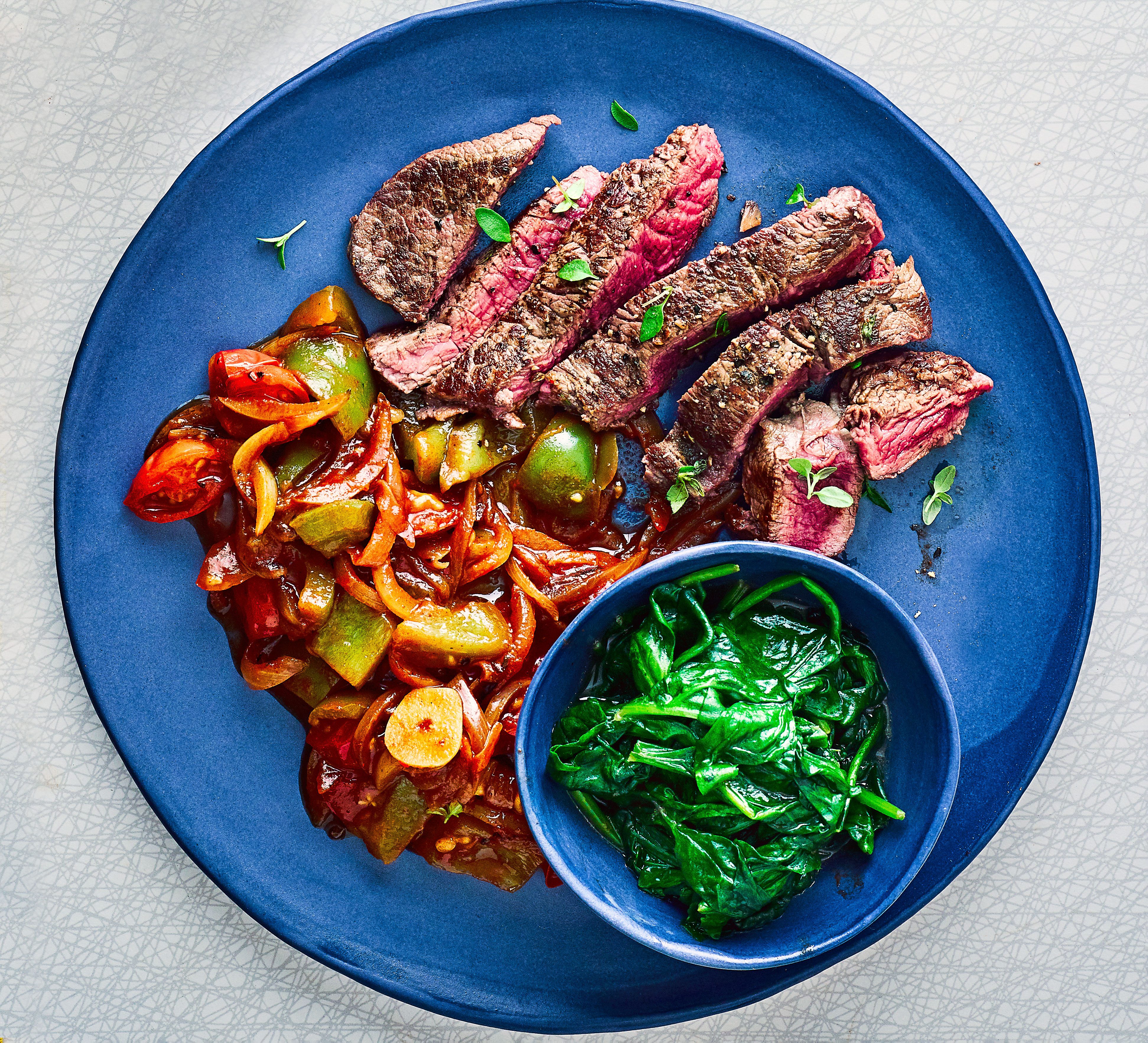
Dec 22, 2024
Iron plays a vital role in the body, making iron-rich foods an essential part of a balanced diet. These foods come in a wide variety, catering to all types of diets, from plant-based to low-carb. One of iron’s primary functions is supporting the production of red blood cells, which transport oxygen from the lungs to the rest of the body.
Iron deficiency, known as anemia, can hinder the ability of red blood cells to deliver oxygen effectively, leading to fatigue and other health issues. To maintain optimal health, it is crucial to include sufficient iron in your daily diet. Read on to discover some of the best nutritious, iron-rich foods.
1. Shellfish
Shellfish, including clams, oysters, and mussels, are high in iron, with clams offering up to 3 mg of iron per 100 grams, covering 17% of the daily value (DV). The iron found in shellfish is heme iron, which is absorbed more efficiently by the body than plant-based non-heme iron.
Besides iron, shellfish are rich in protein, vitamin C, and vitamin B12, with a notable impact on increasing HDL cholesterol. Despite concerns about mercury levels in some seafood, shellfish are recommended for regular consumption due to their nutritional benefits.
2. Spinach
Spinach is a nutritious vegetable that provides 2.7 mg of iron per 100 grams, offering 15% of the DV. While its iron is non-heme, spinach's high vitamin C content boosts iron absorption.
The antioxidants in spinach, such as carotenoids, play a significant role in reducing cancer risk, inflammation, and eye disease. When paired with healthy fats, like olive oil, the absorption of these beneficial compounds is further enhanced. Spinach is also recognized as one of the best foods for gut health, contributing to comprehensive well-being.
3. Organ Meats
Organ meats such as liver, kidneys, and heart are some of the best sources of iron, with beef liver providing 6.5 mg of iron per 100 grams, covering 36% of the DV. These meats are also packed with protein, B vitamins, copper, and selenium.
Liver, in particular, is exceptionally high in vitamin A. Organ meats are also among the top sources of choline, which supports brain and liver health.
4. Chicken
Chicken offers about 1.3 mg of iron per 3-ounce serving, with dark meat providing slightly more than white meat. It is also an excellent source of protein and B vitamins, supporting muscle health and energy production. Use chicken in a variety of dishes, from soups to grilled recipes, for a versatile and nutritious meal.
5. Red Meat
Red meat, especially ground beef, provides 2.7 mg of iron per 100 grams, which is 15% of the DV. It is one of the most accessible sources of heme iron, which is easily absorbed by the body.
In addition to iron, red meat is rich in protein, zinc, selenium, and B vitamins. Regular consumption of moderate portions of red meat may help prevent iron deficiency.
6. Pumpkin Seeds
Pumpkin seeds are a great snack, providing 2.5 mg of iron per 1-ounce serving, covering 14% of the DV. They are also rich in magnesium, zinc, and manganese, with magnesium playing a key role in reducing the risk of insulin resistance and depression. These seeds also contain healthy fats and antioxidants that support overall health.
7. Quinoa
Quinoa, a gluten-free pseudocereal, provides 2.8 mg of iron per cooked cup, offering 16% of the DV. It is also a good source of protein, folate, and several minerals like magnesium and copper. Quinoa’s high antioxidant content helps protect cells from damage caused by oxidative stress.
8. Turkey
Dark turkey meat provides 1.4 mg of iron per 100 grams, covering 8% of the DV. It is also rich in protein, B vitamins, and several minerals like zinc and selenium. High-protein foods like turkey help promote satiety, boost metabolism, and prevent muscle loss.
9. Broccoli
Broccoli provides 1 mg of iron per cooked cup, covering 6% of the DV. It is also high in vitamin C, which enhances iron absorption, and contains significant amounts of folate and fiber. As part of the cruciferous vegetable family, broccoli contains compounds that may help reduce cancer riskand inflammation.
10. Tofu
Tofu, a soy-based product, provides 3.4 mg of iron per 126-gram serving, offering 19% of the DV. It is rich in protein and essential minerals like calcium and magnesium. Tofu contains isoflavones, which have been linked to improved heart health and reduced menopausal symptoms.
11. Dark Chocolate
Dark chocolate provides 3.4 mg of iron per ounce, covering 19% of the DV. It also contains significant amounts of copper and magnesium, along with prebiotic fiber that supports gut health. Dark chocolate, particularly with at least 70% cocoa, has antioxidant properties and may help improve cholesterol levels and heart health. It is also regarded as one of the foods that improve mental clarity, thanks to its flavonoids that enhance cognitive function.
12. Fish
Certain fish varieties, such as tuna, are rich in iron, with 1.4 mg of iron per 85 grams of canned tuna, providing 8% of the DV. Fish is also an excellent source of omega-3 fatty acids, which support brain health, immune function, and overall well-being. It also provides essential nutrients like vitamin B12 and selenium. Many fish options are considered low-cholesterol foods, making them a heart-healthy choice for a balanced diet.
13. Eggs
Eggs are not only a versatile food, but they also provide a moderate amount of heme iron, making them a valuable part of your diet. Two large eggs contain approximately 1.7 mg of iron, which contributes to your daily iron intake. While eggs are not as iron-rich as red meat or liver, they are an easily accessible and affordable source of heme iron.
14. Ham
Ham contains approximately 0.7 mg of iron per 3-ounce serving and is a good source of protein and B vitamins. Go for low-sodium varieties to keep your meals heart-healthy while enjoying its savory taste in sandwiches or baked dishes.
15. Oysters
Oysters are a seafood delicacy that provide an impressive amount of iron, making them an excellent option for boosting your iron intake. Six raw oysters contain about 4.9 mg of iron, contributing significantly to your daily iron needs. What makes oysters even more valuable is that they contain heme iron, which is the type of iron most easily absorbed by the body.
16. Mussels
Mussels are another shellfish that are incredibly rich in iron and other nutrients. A serving of mussels, typically 6 to 8 mussels, can provide up to 3.5 mg of iron, making them an excellent source of this essential mineral.
Mussels are a great source of heme iron, ensuring efficient absorption by the body. They are also packed with protein, providing a lean and sustainable source of this macronutrient, making them an excellent choice for maintaining muscle massand promoting satiety.
17. Clams
Clams are a fantastic source of heme iron, with just a small serving offering a significant amount of this essential mineral. Clams contain heme iron, which is absorbed more efficiently than plant-based iron, making them a highly effective option for those looking to prevent or treat iron deficiency. In addition to iron, clams are rich in protein, vitamin B12, and selenium, which support the immune system, boost energy, and protect against oxidative stress.
18. Chickpeas
Chickpeas, also known as garbanzo beans, are a highly versatile legume that can easily be incorporated into various dishes to boost your iron intake. A cup of chickpeas contains 1.5 mg of iron, making them a solid source of non-heme iron. While non-heme iron is not absorbed as efficiently as heme iron from animal products, pairing chickpeas with vitamin C-rich foods like bell peppers or tomatoes can significantly enhance iron absorption.
19. Fortified Breakfast Cereals
Fortified breakfast cereals are one of the most convenient ways to increase your iron intake, particularly for those with busy mornings. Many breakfast cereals are enriched with added iron, making them an excellent option for meeting your daily iron needs. Along with iron, fortified cereals often provide additional nutrients like fiber, which aids digestion and helps lower cholesterol.
20. Veal
Veal is a tender meat that provides around 1.4 mg of iron per 3-ounce serving. It is also rich in protein, vitamin B12, and zinc, supporting energy levels and immune health. Use veal in stews, roasts, or cutlets for a flavorful and nutrient-packed meal.
21. Edamame
Edamame, or young soybeans, are an excellent source of iron and other essential nutrients. One cup of raw edamame provides about 9.1 mg of iron, making it a valuable addition to your diet for boosting iron intake. In addition to iron, edamame is rich in plant-based protein, offering 17 grams per cup, making it a filling and nutritious snack or meal ingredient.
22. Sesame Seeds
Sesame seeds are a small but mighty source of iron, with one tablespoon providing approximately 1.3 mg of iron. While they may seem tiny, their nutritional value is significant, and they can be easily incorporated into your diet.
Sesame seeds are not only rich in iron but also offer other essential nutrients such as copper, phosphorus, zinc, and vitamin E. Copper plays a crucial role in maintaining healthy blood vessels, while zinc supports immune function and cell growth.
23. Tempeh
Tempeh is a fermented soybean product that delivers about 4.5 mg of iron per cup, making it an excellent plant-based source of this mineral. Beyond iron, it is packed with probiotics, which support gut health and improve digestion, as well as being a complete protein containing all essential amino acids. Its firm texture and nutty flavor make it a versatile addition to stir-fries, salads, sandwiches, and more.
24. Cornmeal
Cornmeal, a staple ingredient in dishes like cornbread and polenta, contains approximately 2.7 mg of iron per cup. It is also rich in fiber, magnesium, and B vitamins, particularly when using whole-grain or enriched varieties. Its subtle, earthy flavor makes it a great base for both sweet and savory recipes while providing an easy way to boost your iron levels.
25. Rye Bread
Rye bread offers about 1.8 mg of iron per slice and is a nutrient-dense alternative to regular bread. High in fiber, it supports digestive health, helps maintain stable blood sugar levels, and keeps you feeling full for longer. Its hearty texture and slightly tangy flavor pair wonderfully with a variety of toppings, from avocado to smoked salmon.
26. Figs
Figs, whether fresh or dried, are a naturally sweet source of iron, with dried figs offering about 0.3 mg of iron per three pieces. They are also rich in calcium, potassium, and antioxidants, making them beneficial for bone health and overall wellness. Enjoy figs as a snack, add them to salads, or include them in baked goods for a nutritious boost.
27. Dates
Dates are a delicious way to increase your iron intake, with each date containing about 0.3 mg of iron. They are also a natural energy booster thanks to their high sugar content and are packed with potassium, magnesium, and fiber. Use dates as a healthy snack, blend them into smoothies, or substitute them for refined sugar in desserts.
28. Tomato Paste
Tomato paste is a concentrated source of iron, providing about 3.9 mg per 100 grams. It is also high in lycopene, a powerful antioxidant known to support heart health and protect against certain cancers. This versatile ingredient enhances the flavor of sauces, stews, and soups while boosting their nutritional value.
29. Blackstrap Molasses
molasses is a sweetener with approximately 3.6 mg of iron per tablespoon, making it an excellent choice for boosting your iron levels naturally. It is also rich in calcium, potassium, and magnesium, contributing to bone health and energy production. Add it to oatmeal, smoothies, or baked goods for a flavorful and nutritious touch.
30. Pistachios
Pistachios are a crunchy snack that offers about 1.1 mg of iron per ounce. They are also packed with healthy fats, fiber, and antioxidants, making them a heart-healthy option. Enjoy pistachios on their own, sprinkle them over salads, or incorporate them into desserts and savory dishes for added nutrition.
31. Flax Seeds
Flax seeds contain around 2.1 mg of iron per 100 grams, along with omega-3 fatty acids and dietary fiber. These seeds promote heart health, support digestion, and help manage cholesterol levels. Add ground flax seeds to smoothies, yogurt, or baked goods for an easy way to enhance your meals.
32. Almonds
Almonds are a nutrient-dense nut providing about 1 mg of iron per ounce. They are also an excellent source of vitamin E, healthy fats, and magnesium, supporting brain health and skin radiance. Enjoy almonds as a snack, add them to salads, or blend them into almond butter for a versatile and nutritious treat.
33. Cashews
Cashews contain approximately 1.9 mg of iron per ounce, making them a great choice for improving iron intake. They are also rich in copper and magnesium, which contribute to energy production and bone health. Add cashews to stir-fries, salads, or enjoy them as a snack to reap their benefits.
34. Pine Nuts
Pine nuts provide about 1.6 mg of iron per ounce and are a source of healthy fats, protein, and antioxidants. They are commonly used in pesto and make a flavorful topping for salads and pasta dishes. Including pine nuts in your diet can support heart health and energy levels.
35. Macadamia Nuts
Macadamia nuts offer around 1.3 mg of iron per 100 grams, along with monounsaturated fats that are beneficial for heart health. They also contain manganese and thiamine, which support metabolism and energy production. Enjoy macadamia nuts in baked goods, trail mixes, or on their own as a creamy, rich snack.
36. Hemp Seeds
Hemp seeds are a plant-based powerhouse, providing about 2.4 mg of iron per 3 tablespoons. They are also a complete protein and rich in omega-3 and omega-6 fatty acids, promoting heart and brain health. Sprinkle hemp seeds on smoothies, yogurt, or salads for a nutritional boost.
37. Potatoes
Potatoes, especially with their skin, offer about 1.8 mg of iron per medium-sized potato. They are also high in vitamin C, which enhances iron absorption, and provide potassium to support healthy blood pressure. Enjoy potatoes baked, roasted, or mashed for a comforting and nutrient-rich side dish.
38. Raisins
Raisins are a sweet and chewy source of iron, providing about 0.8 mg per half-cup. They are also high in natural sugars, fiber, and potassium, offering a quick energy boost and supporting heart health. Add raisins to cereals, trail mixes, or baked goods for a tasty and iron-rich addition.
39. Prunes
Prunes, or dried plums, contain about 0.9 mg of iron per half-cup and are known for their digestive benefits due to their high fiber content. They also provide potassium and vitamin K, supporting bone health and muscle function. Enjoy prunes as a snack, blend them into smoothies, or use them in recipes for added sweetness and nutrition.
40. Whole-Wheat Bread
Whole-wheat bread offers approximately 0.9 mg of iron per slice, along with dietary fiber that promotes digestive health and satiety. It is also a good source of B vitamins and magnesium. Use whole-wheat bread for sandwiches or toast to make your meals more nutrient-dense.
41. Oat Cereals
Oat cereals can provide up to 8 mg of iron per serving, depending on the brand and fortification. They are also high in soluble fiber, which supports heart health and stabilizes blood sugar levels. Start your day with a bowl of oat cereal to boost your energy and iron intake.
42. Enriched Pasta
Enriched pasta contains about 1.8 mg of iron per cup and is fortified with additional nutrients like folic acid. It serves as a versatile base for countless dishes, making it easy to incorporate into your diet. Pair enriched pasta with tomato-based sauces for an iron-rich meal.
43. Enriched White Bread
Enriched white bread offers about 0.9 mg of iron per slice and is fortified with essential nutrients like thiamine and folate. It is a convenient option for sandwiches and snacks while contributing to your daily iron intake.
44. Peas
Peas contain about 2.1 mg of iron per cooked cup and are also a good source of protein, fiber, and vitamins A and C. Their mild flavor makes them a versatile addition to soups, stews, and side dishes. Adding peas to your meals supports overall health and iron levels.
45. Lentils
Lentils, a legume staple, provide about 6.6 mg of iron per cooked cup, making them an excellent source of plant-based iron. They are also high in fiber, protein, and essential minerals like magnesium and potassium. Incorporate lentils into soups, salads, or curries for a nutrient-dense meal.
46. Soybeans
Soybeans are a rich source of iron, offering about 8.8 mg per cooked cup. They are also high in protein and contain isoflavones, which promote heart health and reduce inflammation. Use soybeans in stir-fries, salads, or as a base for plant-based dishes.
47. Cannellini Beans
Cannellini beans deliver approximately 4 mg of iron per cooked cup and are an excellent source of fiber and protein. Their mild flavor and creamy texture make them a great addition to soups, stews, and salads. Regular consumption of cannellini beans supports gut health and energy levels.
48. Pork
Pork offers about 1 mg of iron per 3-ounce serving and is a good source of high-quality protein. It also contains B vitamins and zinc, which are essential for immune function and energy metabolism. Include lean cuts of pork in your meals for a well-rounded source of nutrition.
49. Kidney Beans
Kidney beans provide around 3.9 mg of iron per cooked cup and are an excellent source of plant-based protein and dietary fiber. They are ideal for use in soups, chili, and salads. Adding kidney beans to your diet supports iron levels and digestive health.
50. Mackerel
Mackerel, a fatty fish, offers about 1.3 mg of iron per 100 grams and is also high in omega-3 fatty acids. These nutrients support brain function and cardiovascular health. Enjoy mackerel grilled, smoked, or canned for a flavorful and nutritious meal.
51. Scallops
Scallops provide around 0.8 mg of iron per 3 ounces and are a low-fat source of protein and essential minerals like selenium and zinc. Their delicate flavor pairs well with various seasonings and sauces, making them a versatile seafood option.
52. Shrimp
Shrimp contains about 2.6 mg of iron per 100 grams and is a low-calorie source of protein. It is also rich in selenium and iodine, which support thyroid health. Use shrimp in stir-fries, pastas, or grilled dishes for a tasty and nutritious addition.
Frequently Asked Questions
What Are The Symptoms Of Iron Deficiency?
Iron deficiency can cause fatigue, weakness, pale skin, dizziness, and difficulty concentrating. Severe cases may lead to anemia.
How Much Iron Does An Average Person Need Daily?
The recommended daily intake of iron is about 18 mg for adult women and 8 mg for adult men, though this varies by age and health status.
Can You Consume Too Much Iron?
Excessive iron intake can lead to toxicity, causing symptoms like nausea, stomach pain, and organ damage in severe cases.
Do Cooking Methods Affect Iron Levels In Food?
Cooking in cast iron pans can slightly increase the iron content of food, especially acidic dishes like tomato sauce.
Are There Any Foods That Inhibit Iron Absorption?
Foods high in calcium, tannins (found in tea and coffee), and phytates (found in some whole grains) can inhibit iron absorption when consumed in large amounts.
Conclusion
Iron is a crucial mineral that your body cannot produce on its own, so it must be regularly obtained through your diet. However, some individuals may need to limit their intake of red meat and other foods rich in heme iron to maintain balanced health.
Fortunately, most people can naturally regulate the amount of iron their bodies absorb from food. For those who don’t consume meat or fish, pairing plant-based iron sources with foods high in vitamin C can significantly enhance absorption.
You Might Also Like: Plant-Based Sources Of Iron You Need In Your Diet
